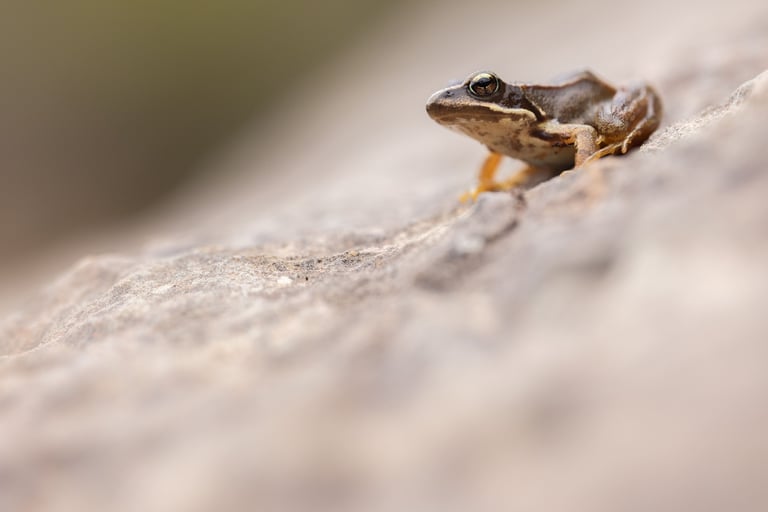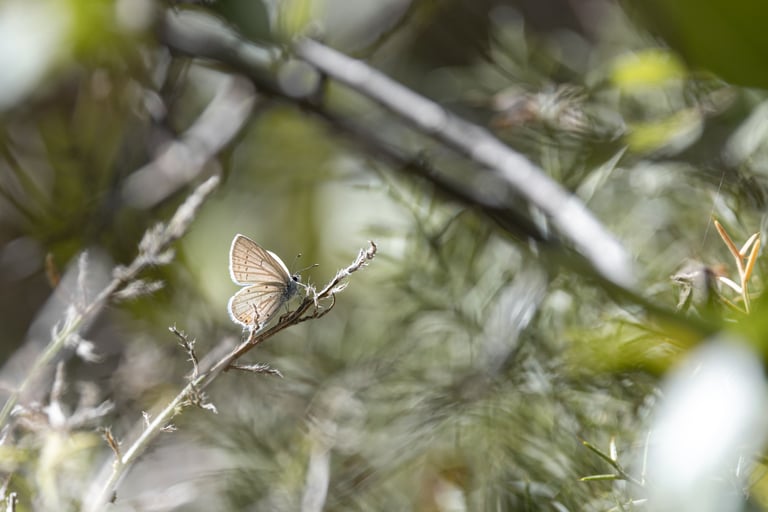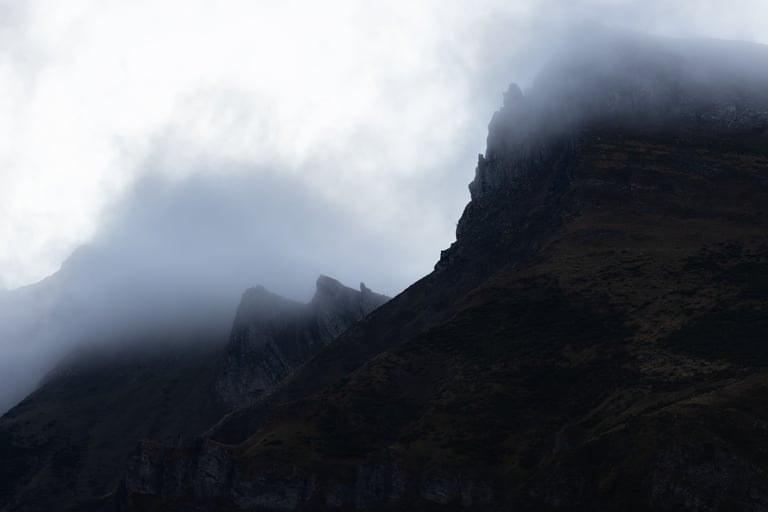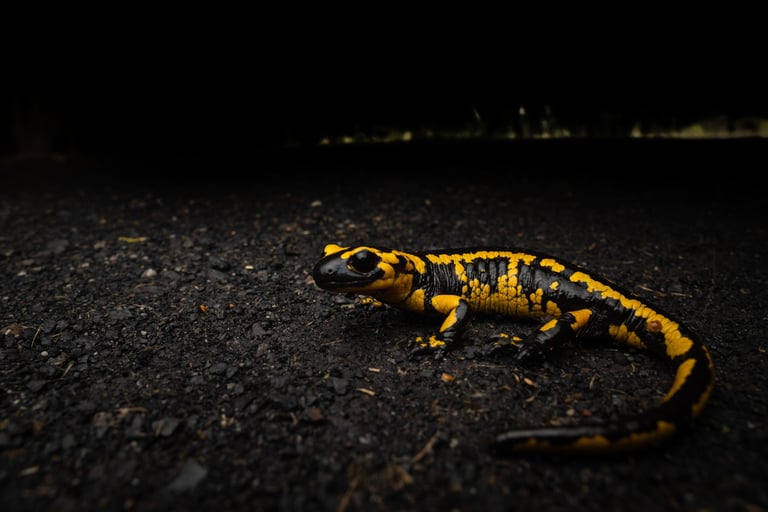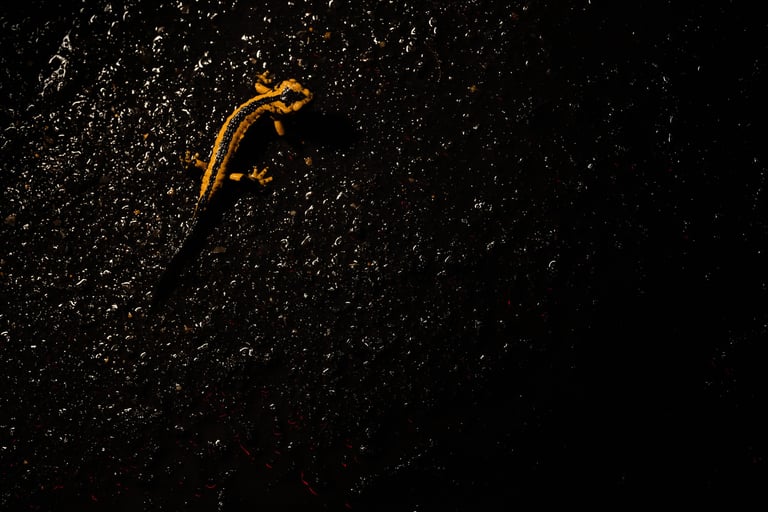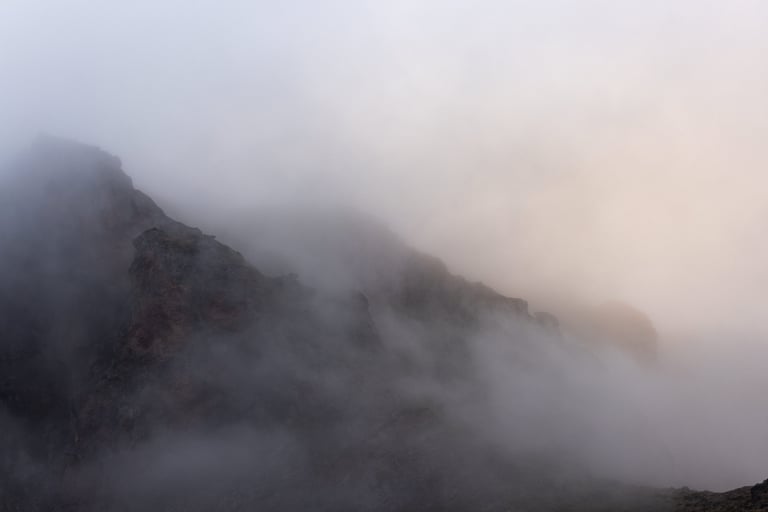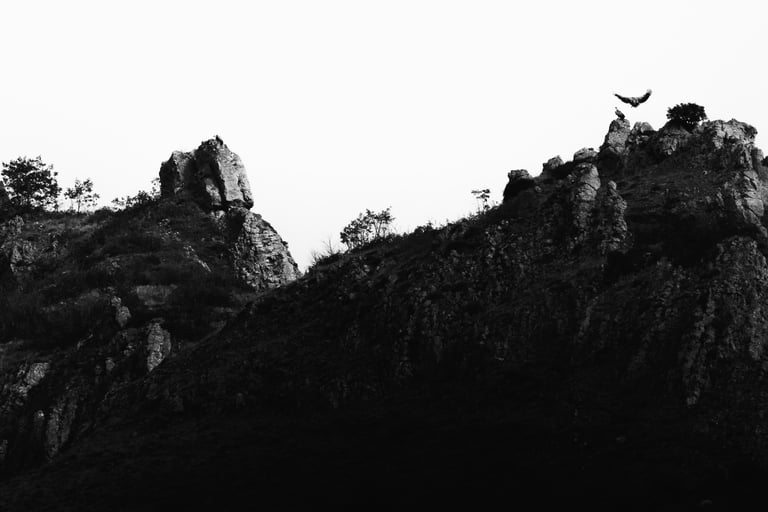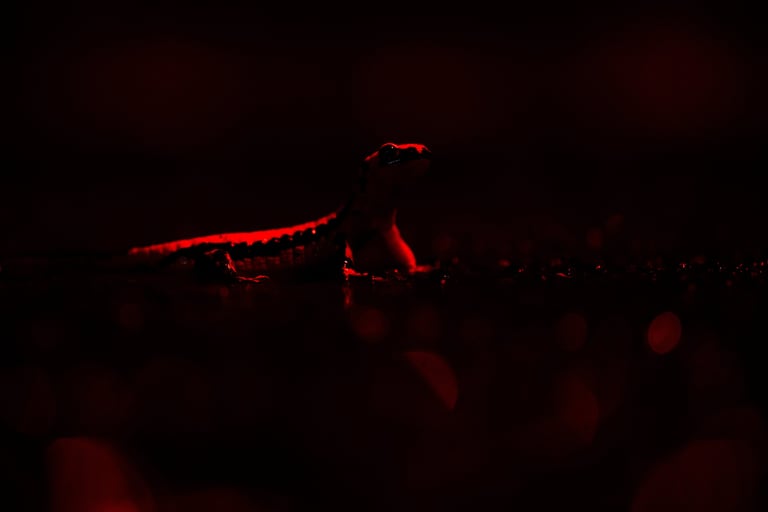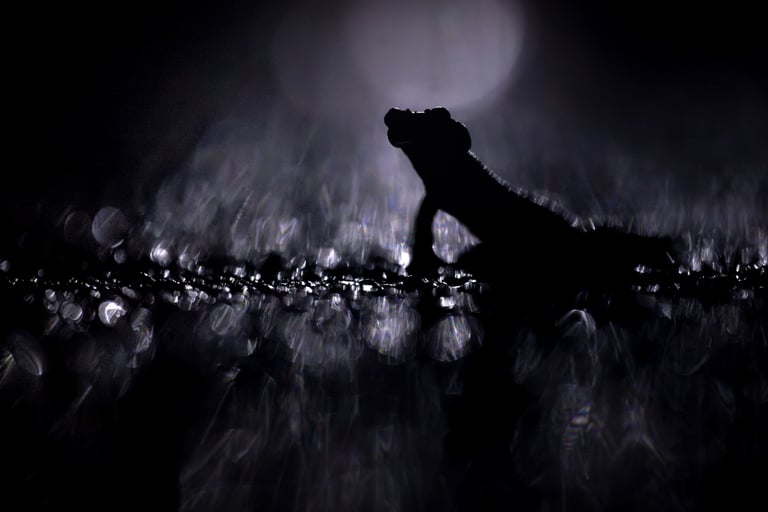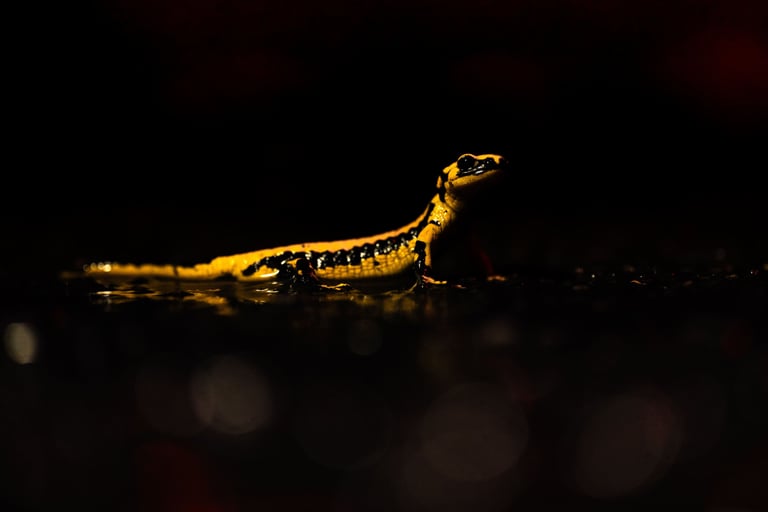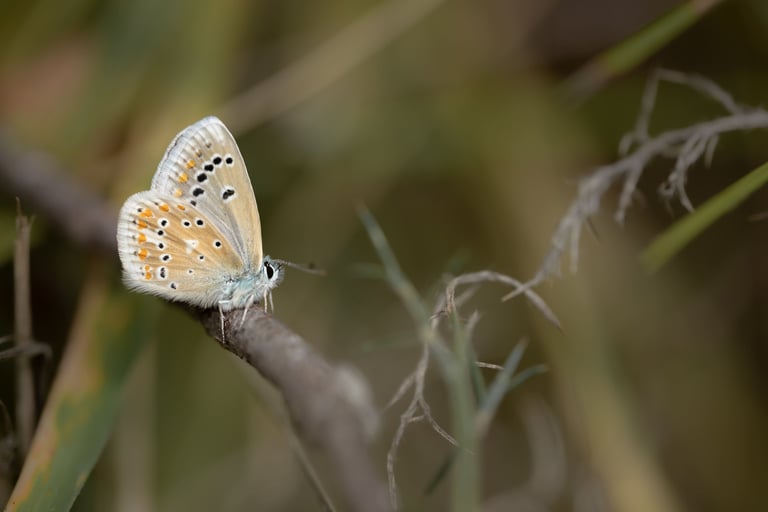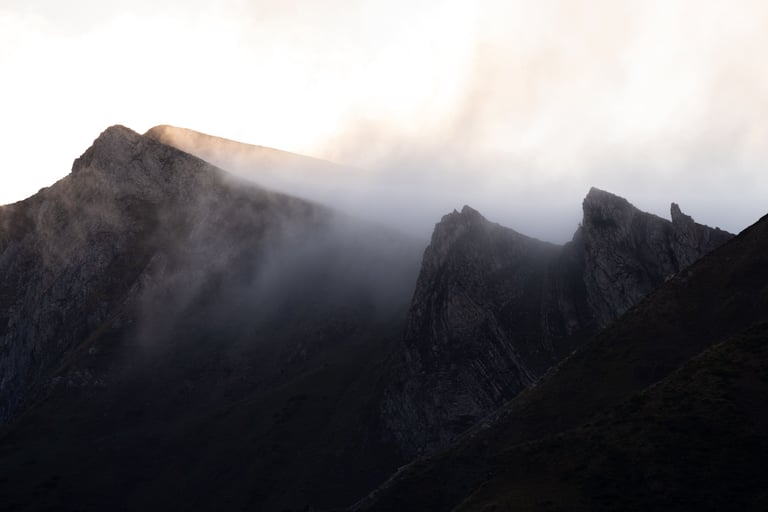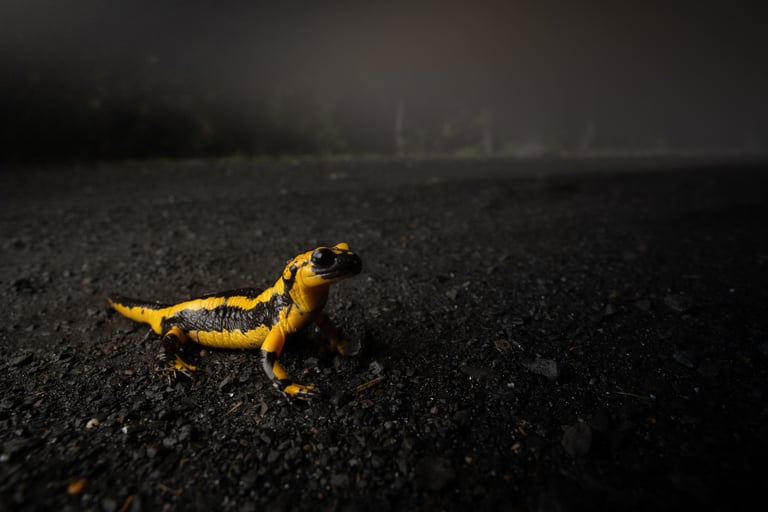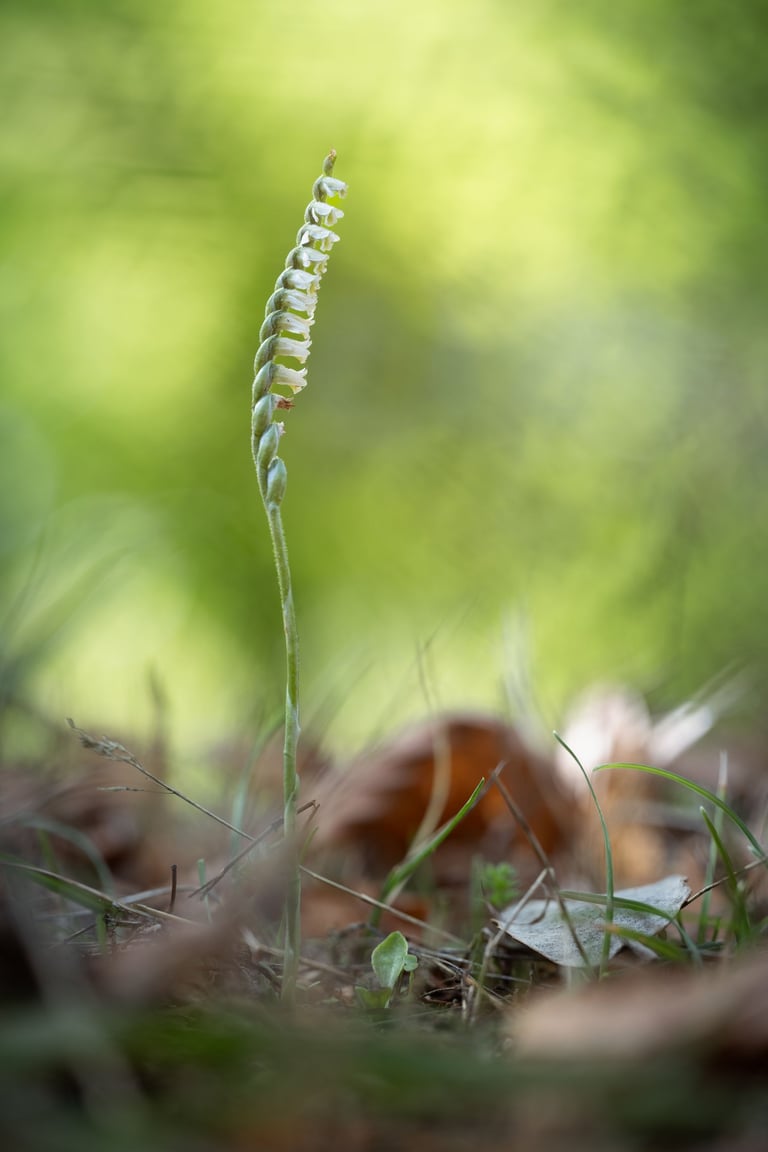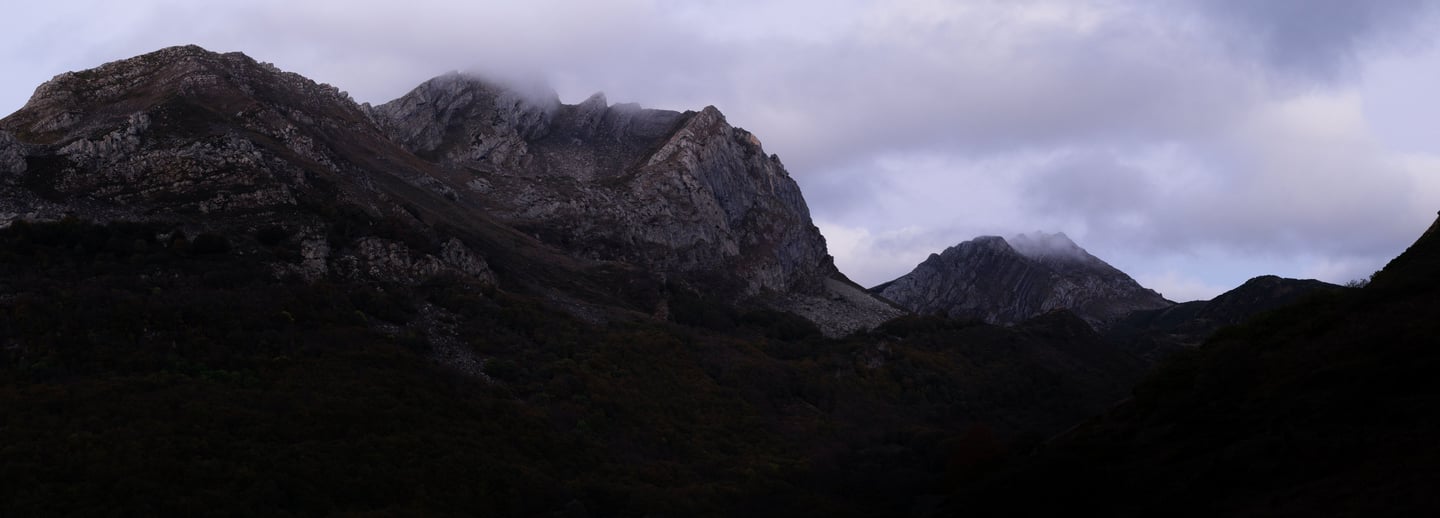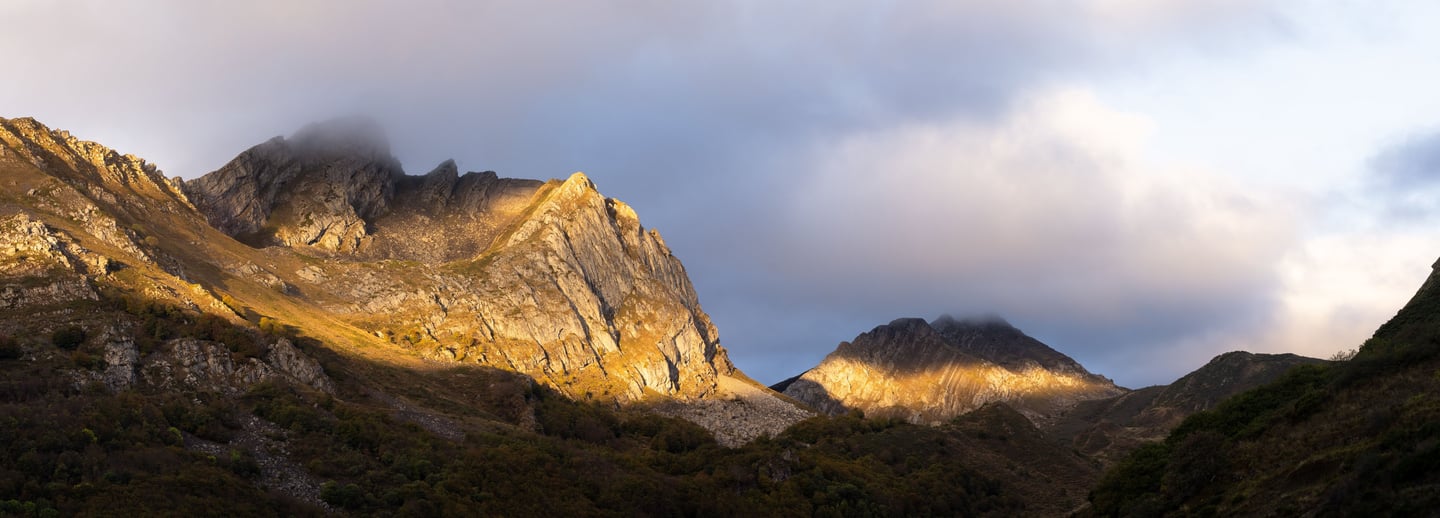Spain 2025
Images from a week in northern Spain, looking mostly for mammals and herps, with a few birds mixed in for good measure.
WILDLIFEHERPINGLANDSCAPETRAVELMACRO
10/5/2025
Late september I spent a week in northern Spain with friends Aaron and Stef. The main target: brown bears (Ursus arctos). Northern Spain has a few towns with good lookout points where bears are regularly seen in late summer and early autumn, when they come to forage for nuts and berries. Late summer in northern Spain was ripe with wildfire this year however and the area where the bears are often seen was closed off due to the scale of the fires. It opened up a few weeks before we were due to go bear watching, so we'd still get our chance. Beside bears there were several targets European wild cats (Felis silvestris), fire salamanders (subspecies alfredschmidtim and bernardhezi), gold striped salamanders (Chioglossa lusitanica) and a couple of birds being the main ones. The trip started off in salamander country, the wettest north side of the Picos de Europa. Without much effort we were able to find the desired Chioglossa and the several varied individuals of the first subspecies of fire salamander. After a photography session we moved on towards the accomodation, trying several abandoned buildings for edible dormouse, without much luck. A consolation prize came in the form of a roosting greater horseshoe bat (Rhinolophus ferrumequinum). A night cruise didn't deliver any specialties, but we were able to get some common mammals on the list.
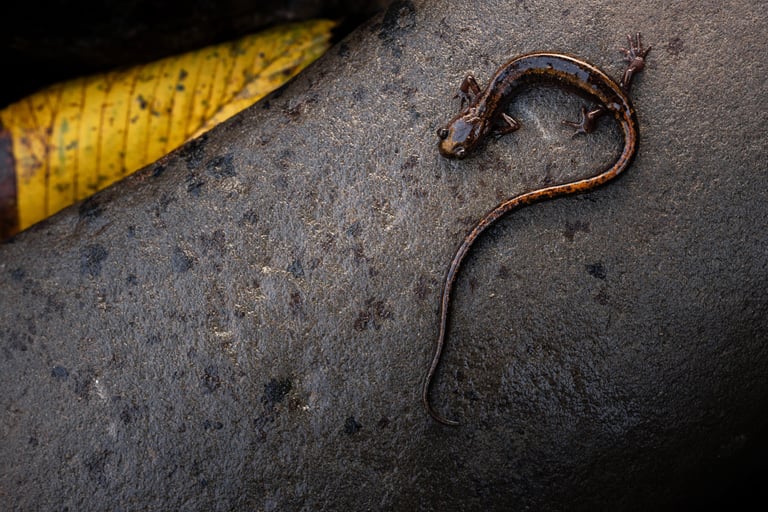
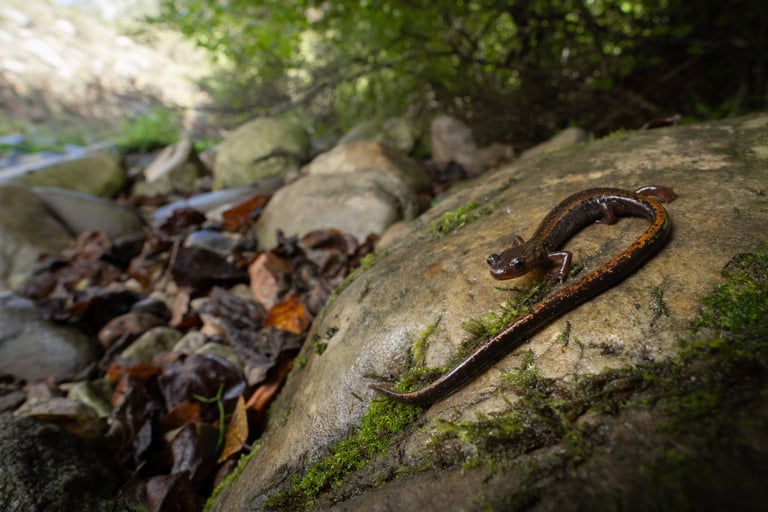
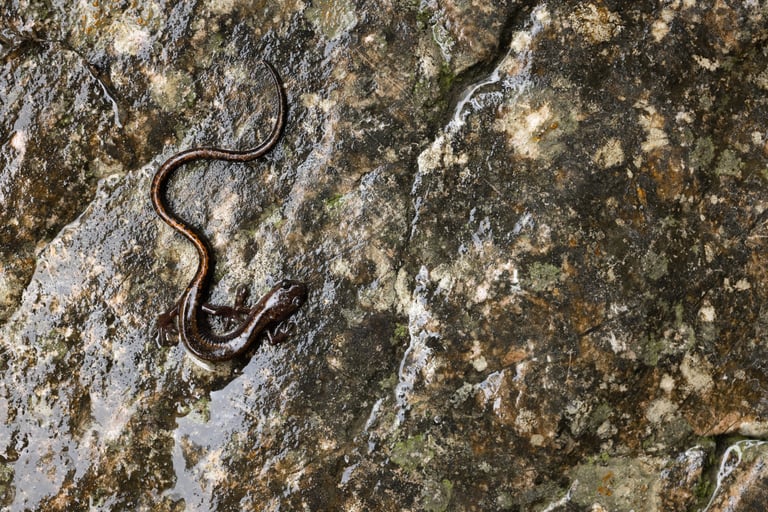
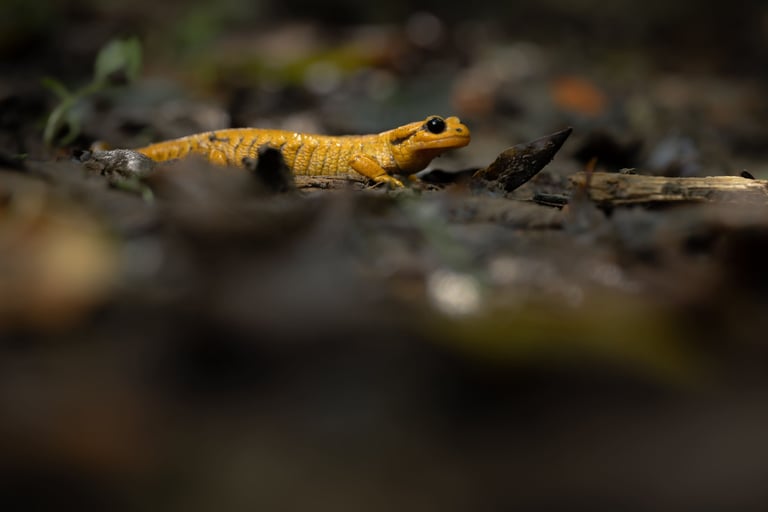
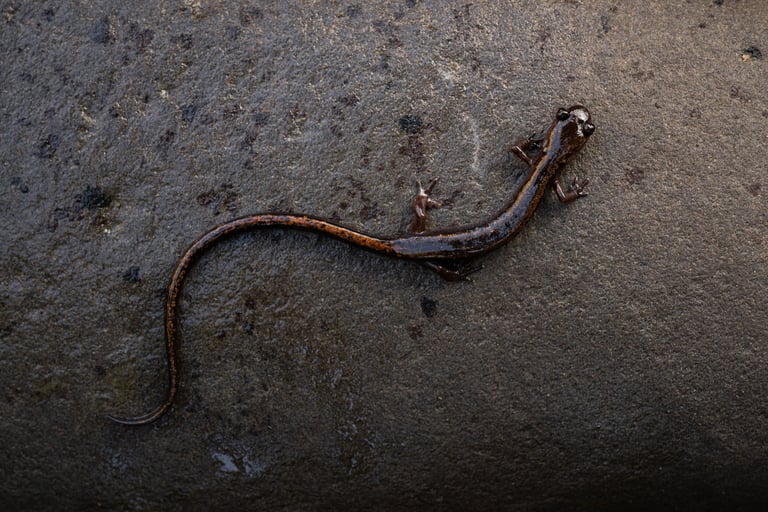
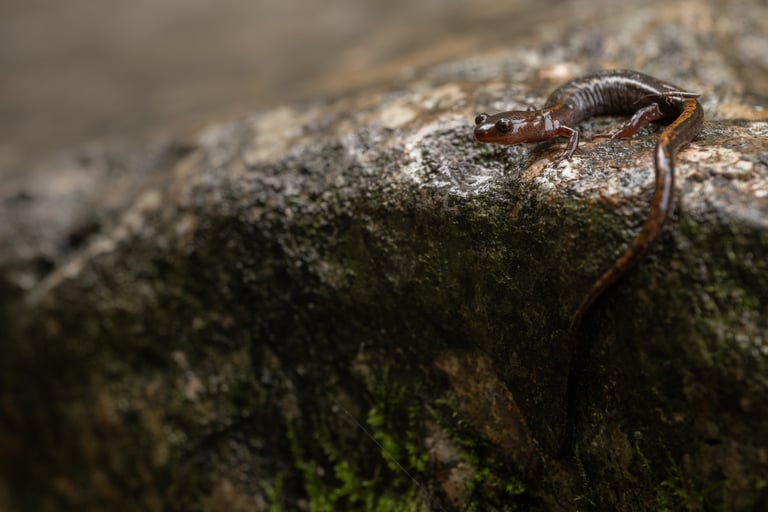
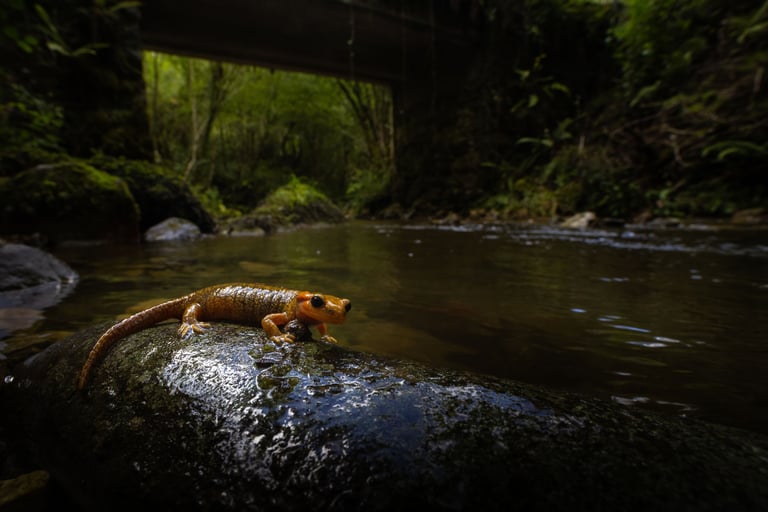
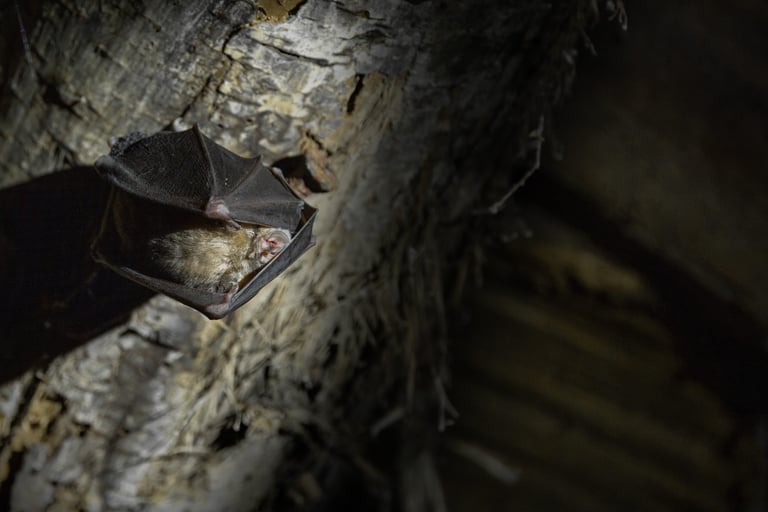
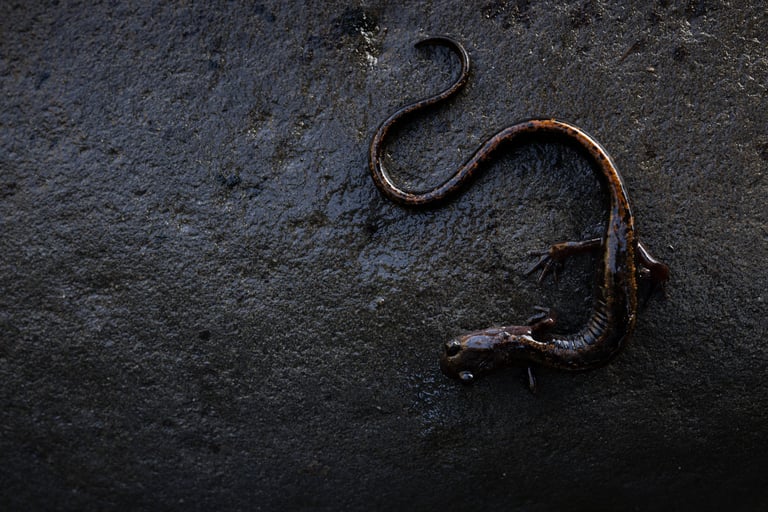
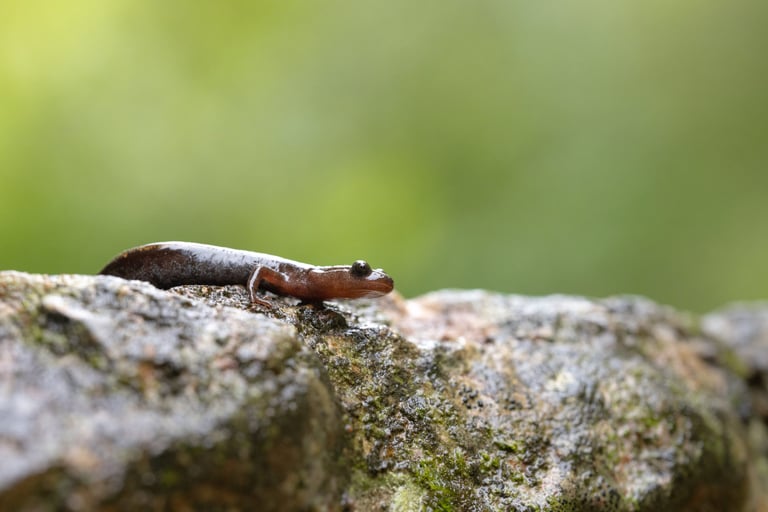
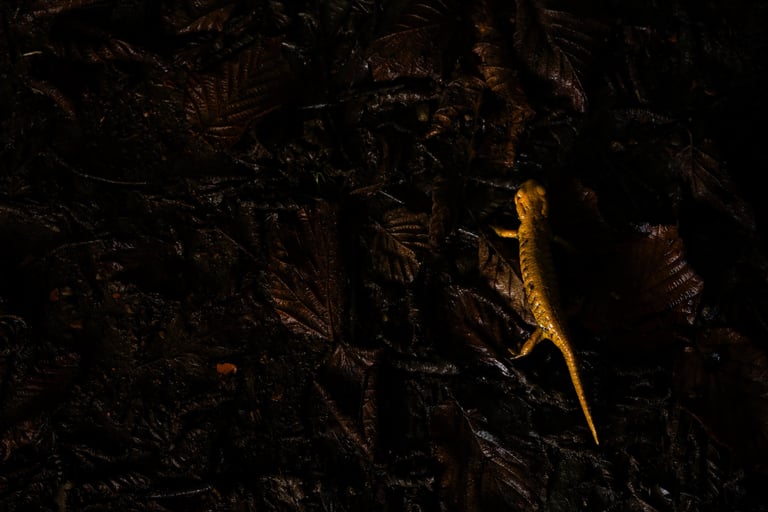
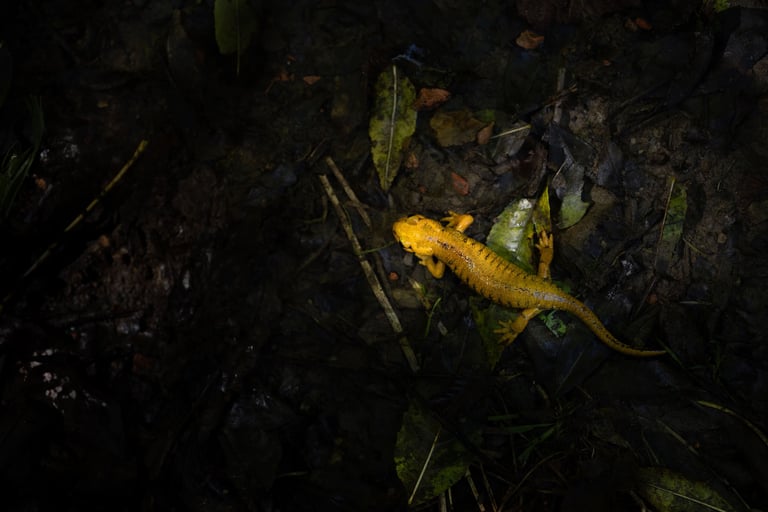












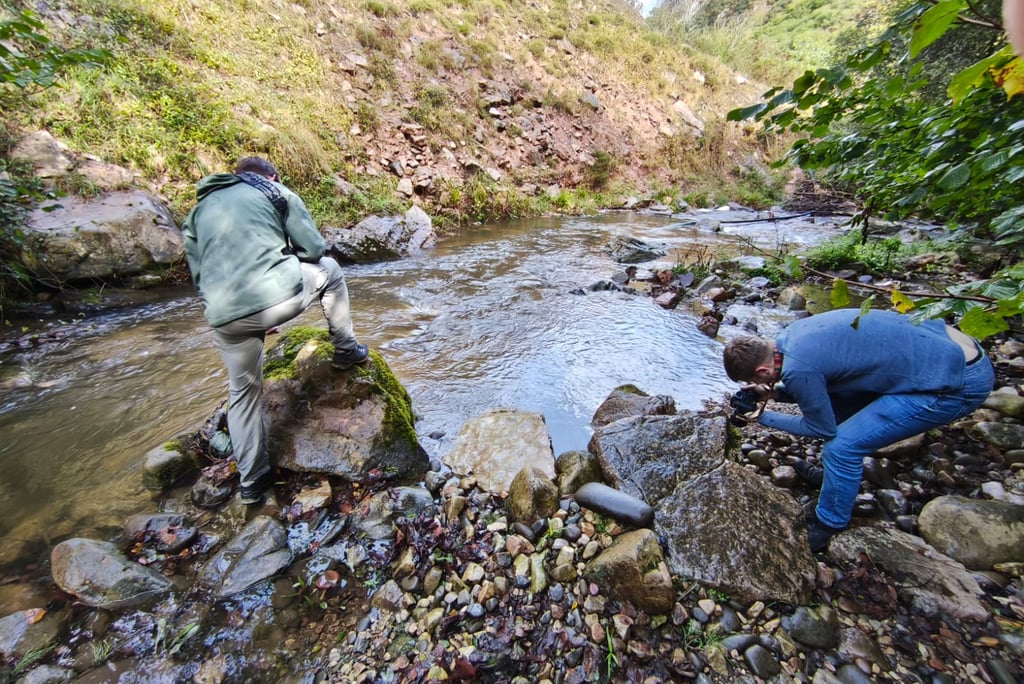

Salamander photography requires great flexibility. To get into the mind of the salamanders Aaron and Stef practice 2 hours of yoga a day in the weeks leading up to the trip.
Alarms went off early the next day, as just before sunset we were due to head up to a few alpine lakes. Targets here were Iberolacerta monticola, alpine birds and the beautiful Seoane's viper (Vipera seoanai). No vipers, but several alpine chough (Pyrrhocorax graculus) and red-billed choughs. Hard light and not the greatest of plumage on the alpine choughs though. A surprising density of alpine newts and midwife toads were found flipping rocks. After the sun had heated up the rocks, several wall lizards (Podarcis muralis) and eventually also the desired Iberolacerta were found. Harsh light and hot lizards, so no pictures worth showing. Aaron also found his much desired cockroach looking katydid (Zeuneriana burriana), impaling himself several times on thorny bushes (whether this was on purpose, to get into the katydids mind is unclear) to get hands on one, eventually succeeding. After heading back down the mountain we tried to find Chalcides striatus, finding very little instead. That night we had a pretty futile attempt at finding a desman, of course failing, but ticking another couple common mammals for the list.
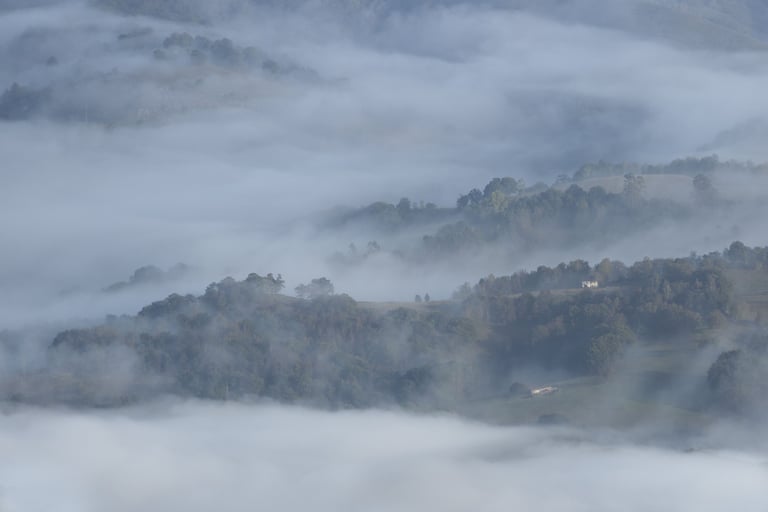
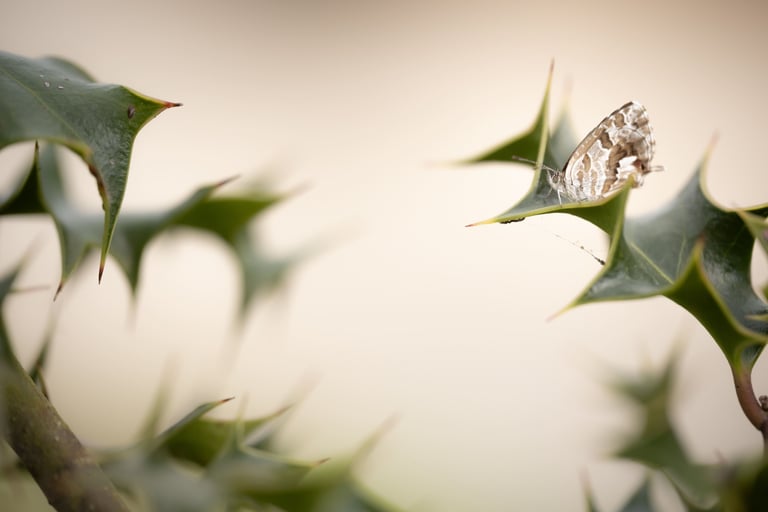
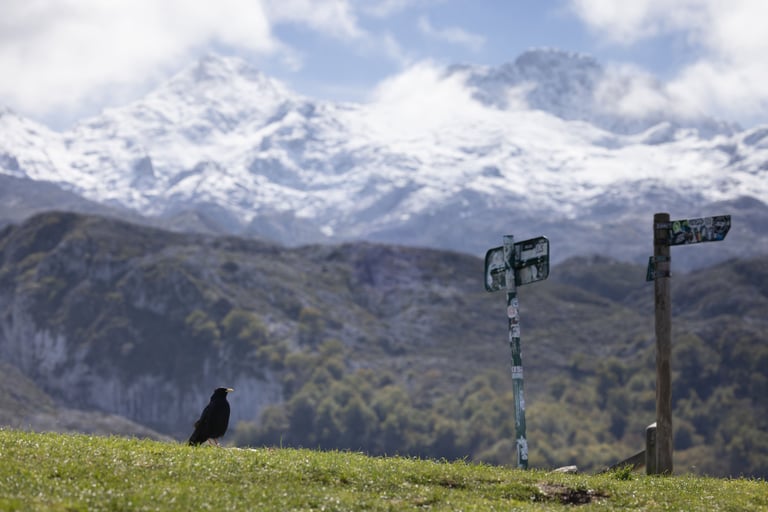

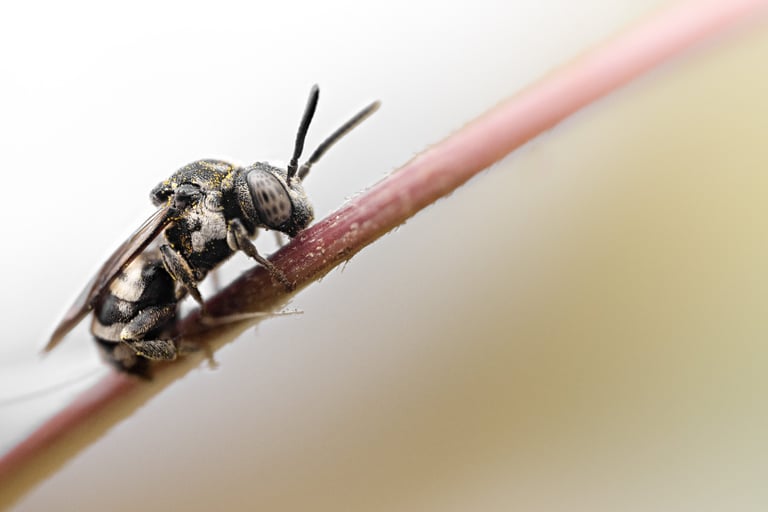
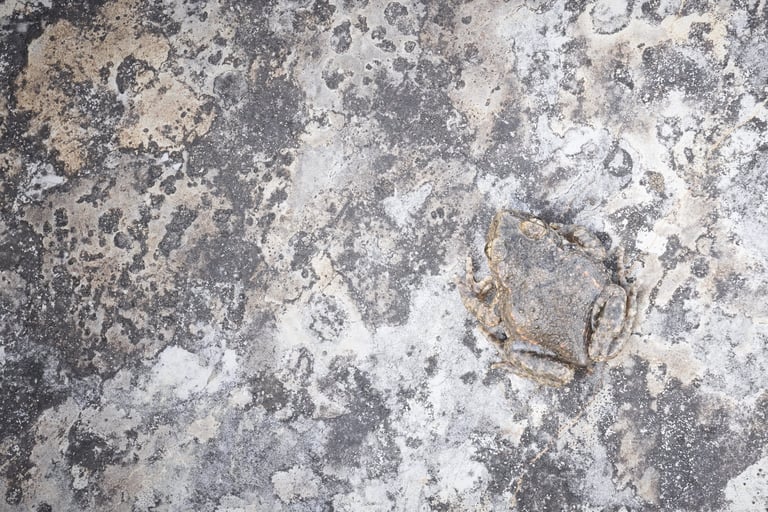
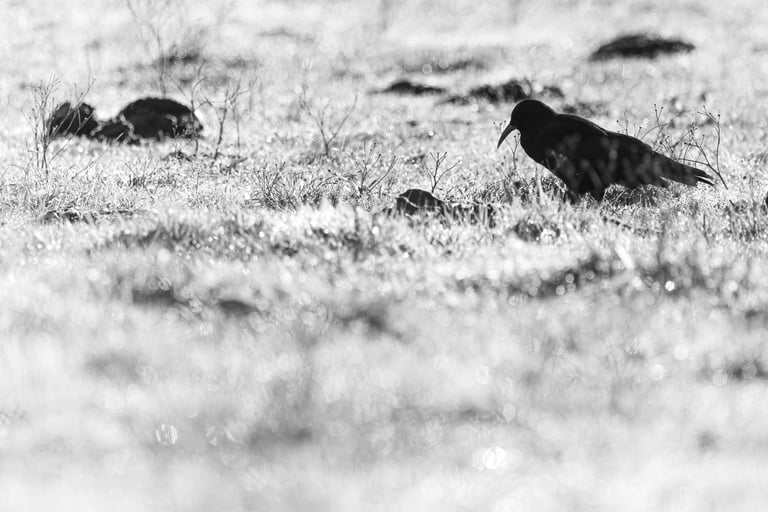
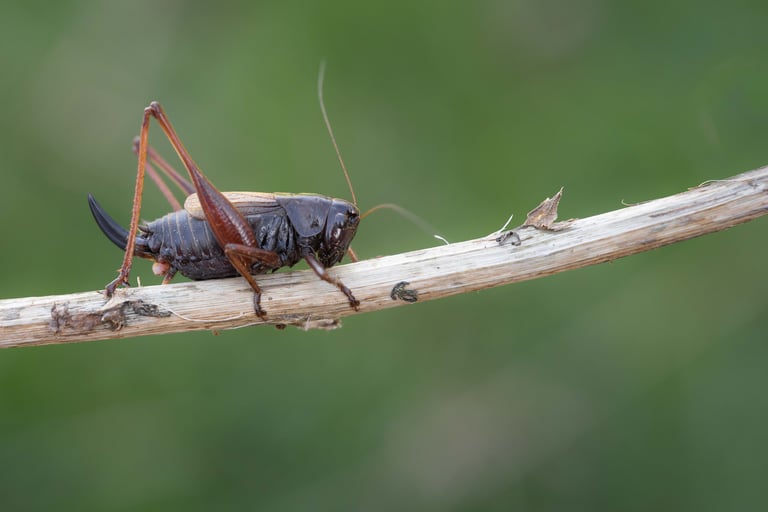
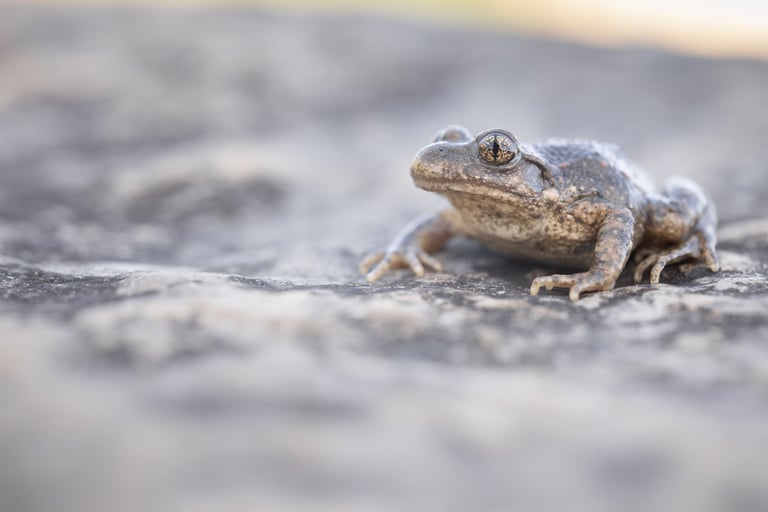









Klikos de Europa (copyright Aaron Meijer joke productions)
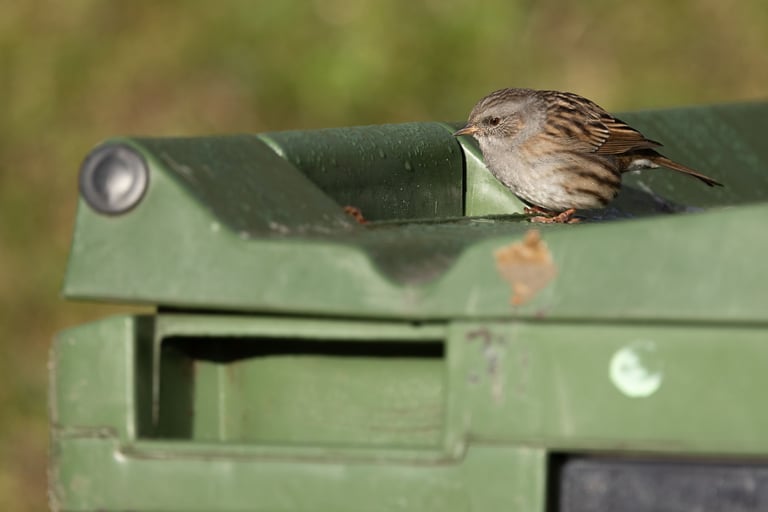

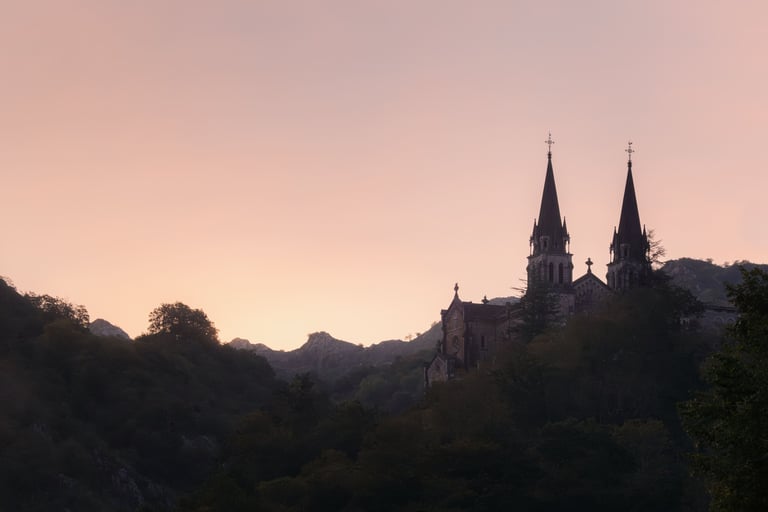

Watching the spectacular sunrise light pass us by while waiting for the mandatory bus ride
The next morning we went for a wonderful cable car ride up another mountain (or the scariest ride on the worst horror known to mankind if you ask Aaron or Stef). Here we found another alpine bird target: alpine accentor (Prunella collaris). No snow finches sadly, but great views and quite a lot of Pyrenean chamois (Rupicapra pyrenaica), many griffon vultures, a few golden eagles and a couple of beared vultures to make up for it. Also some very cooperative alpine choughs, clearly used to the huge amount of foot traffic and the corresponding food traffic. Harsh light again, but quite a few nice shots despite that, with some different lens options being possible with such tame birds.
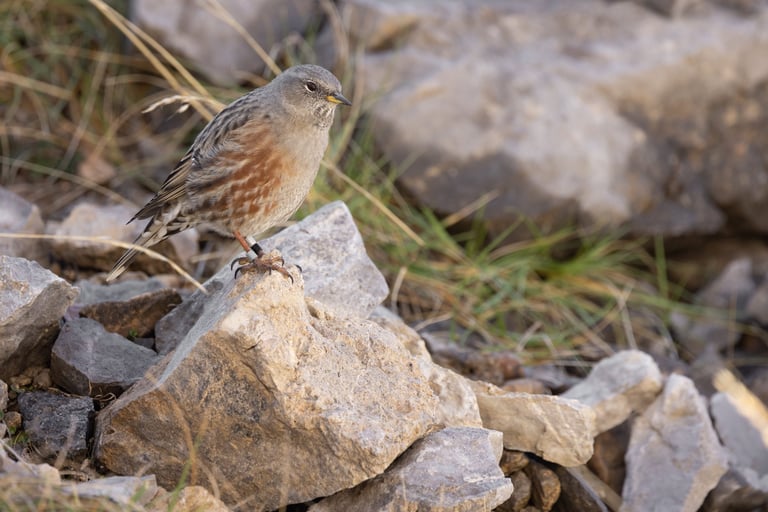
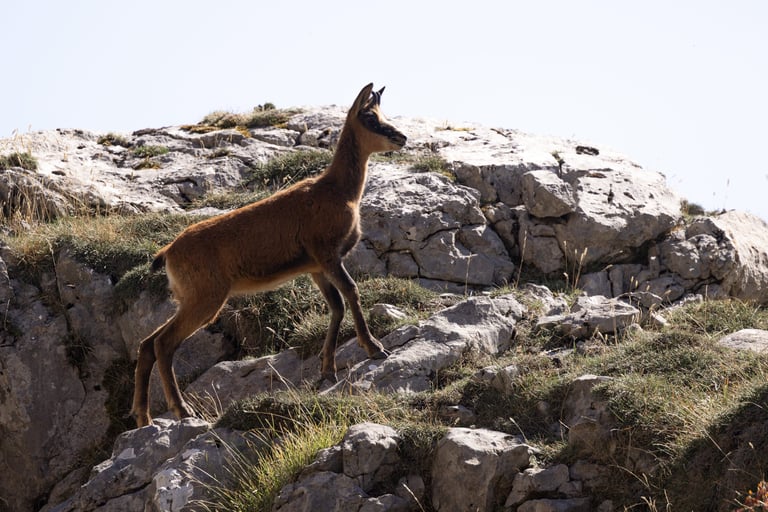
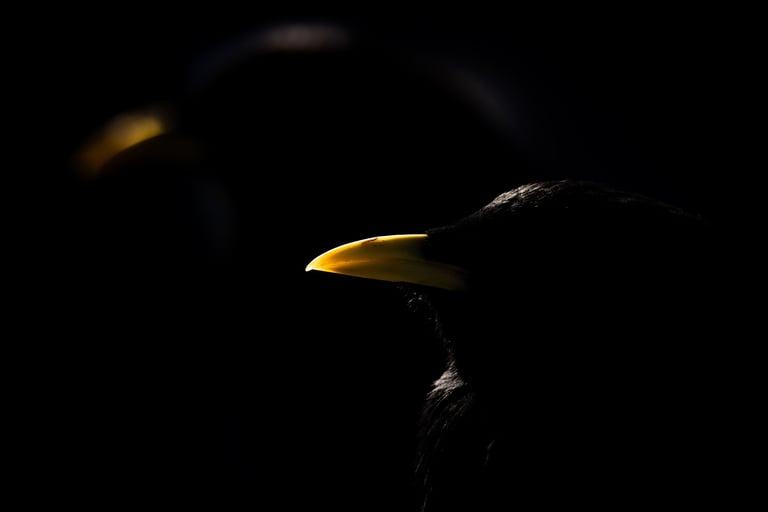
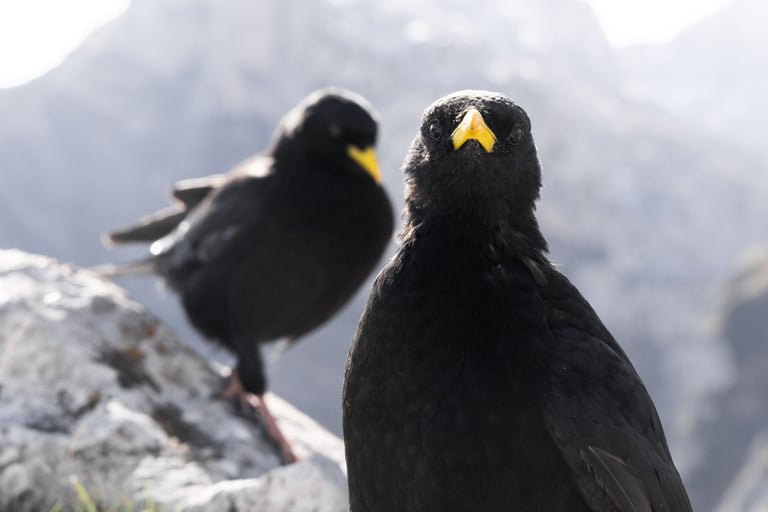
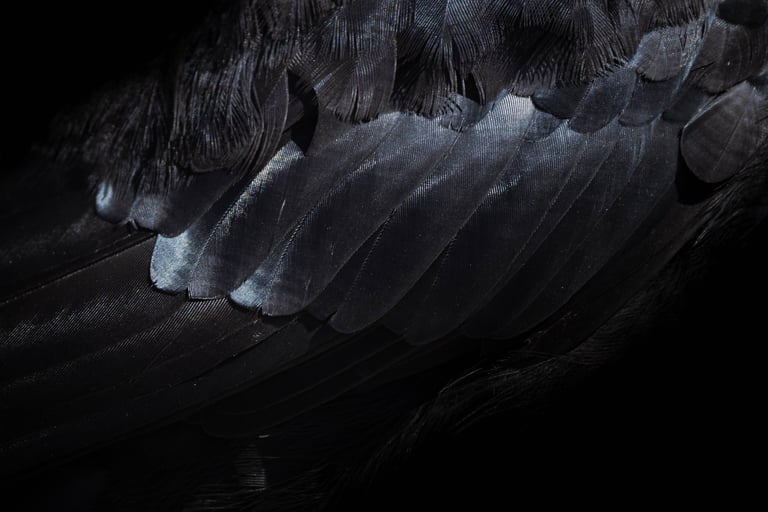
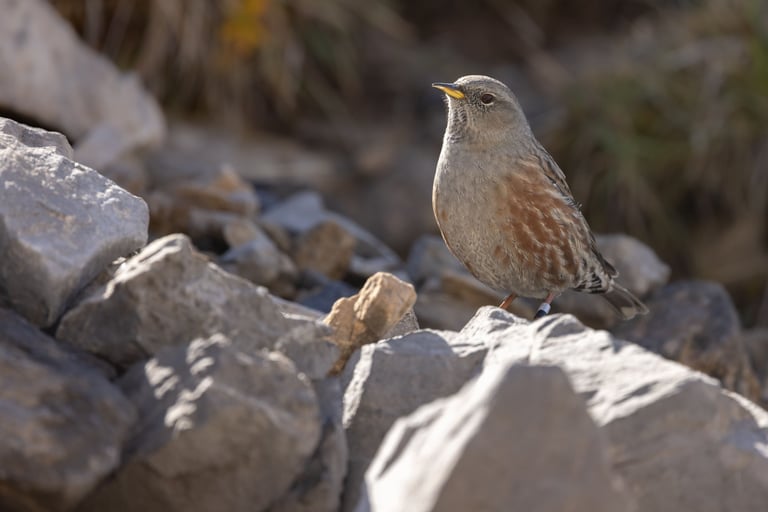
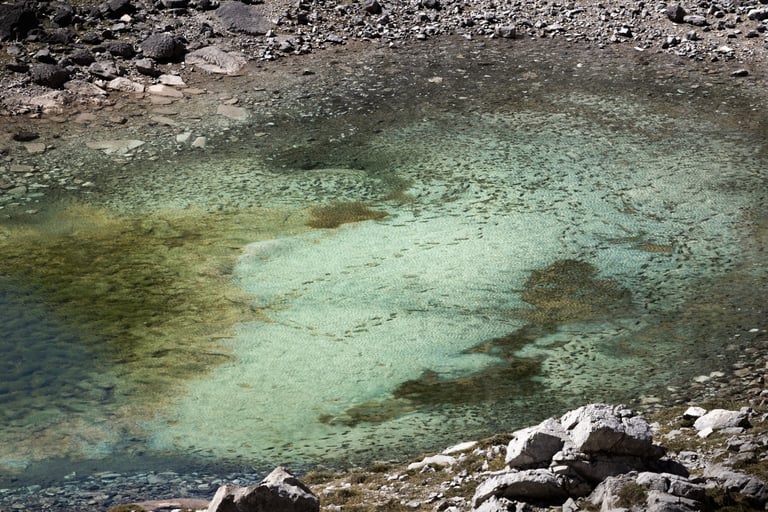
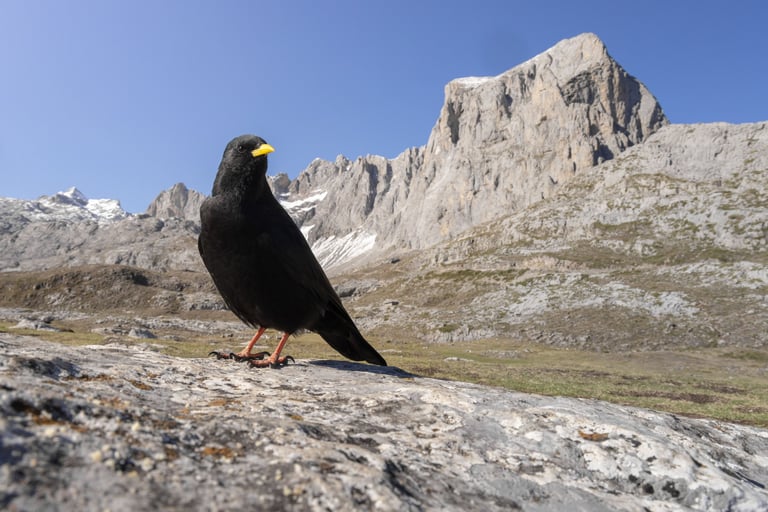
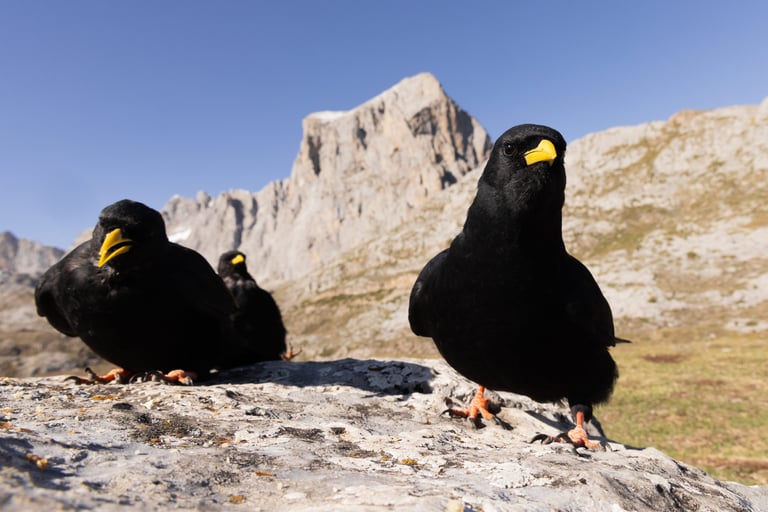
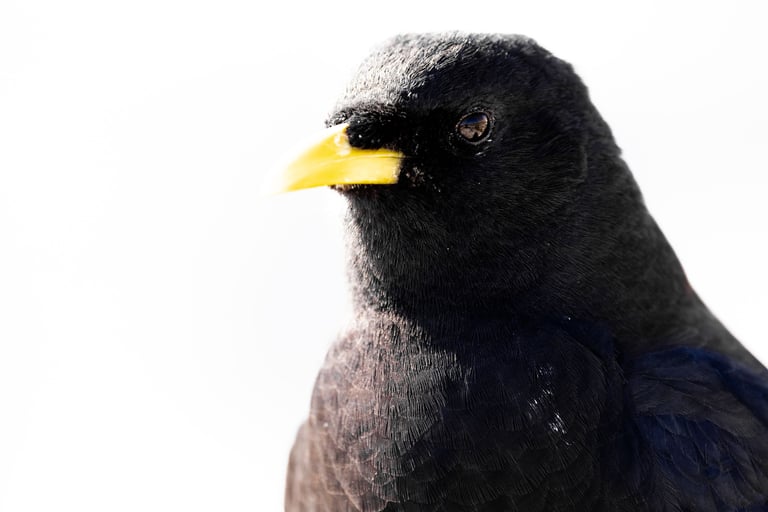
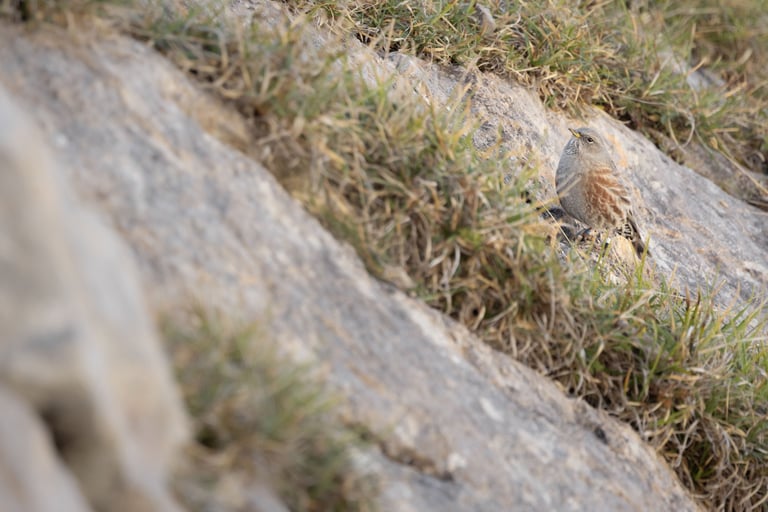
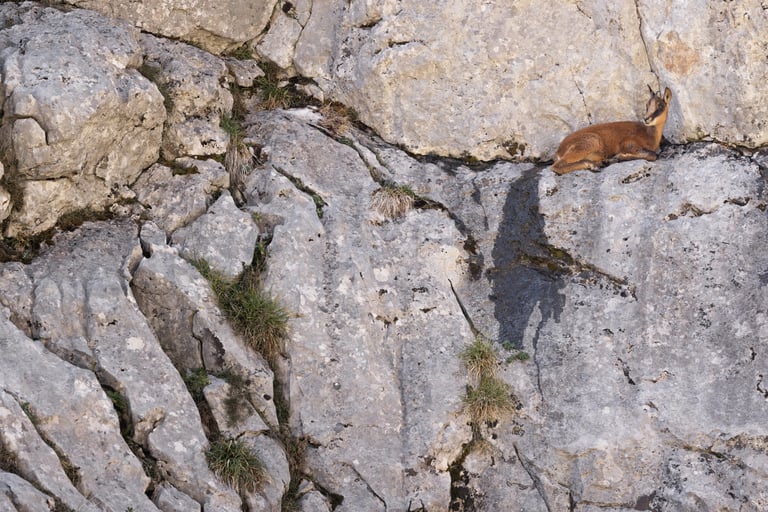
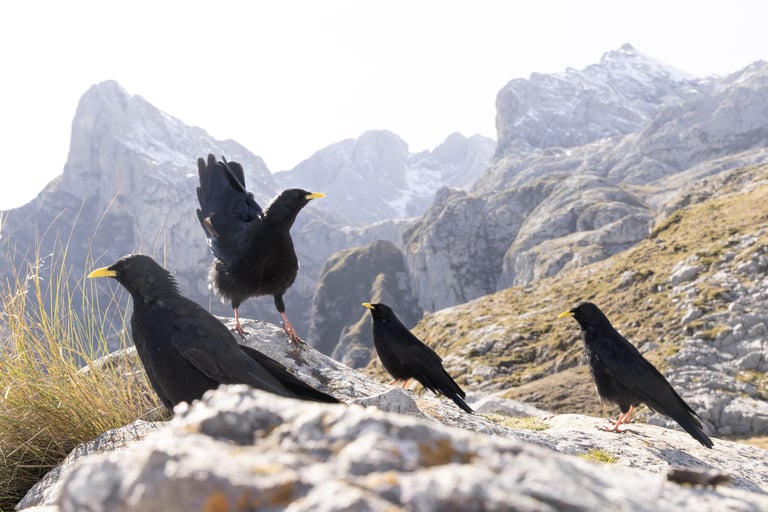
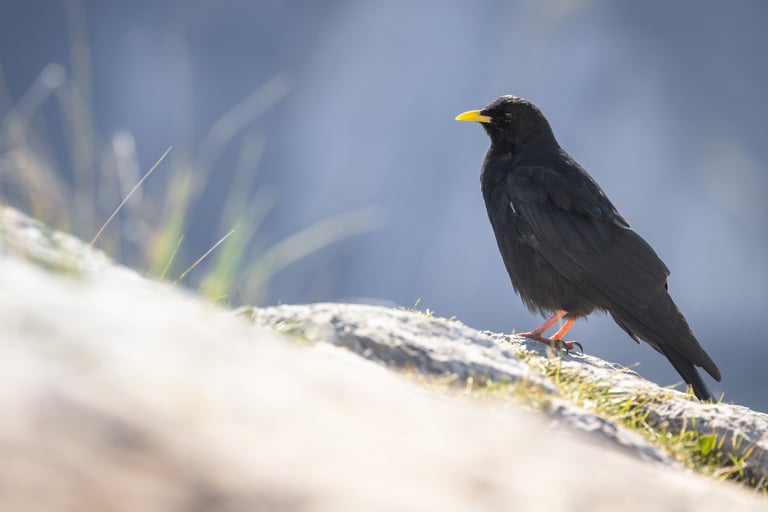
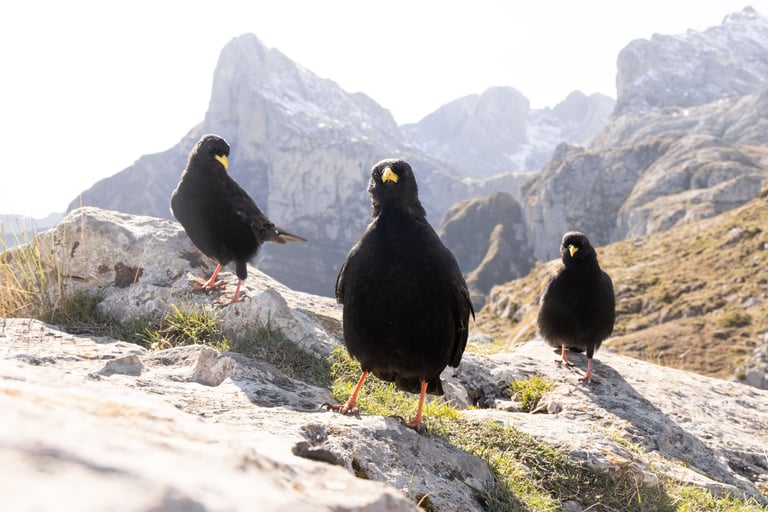















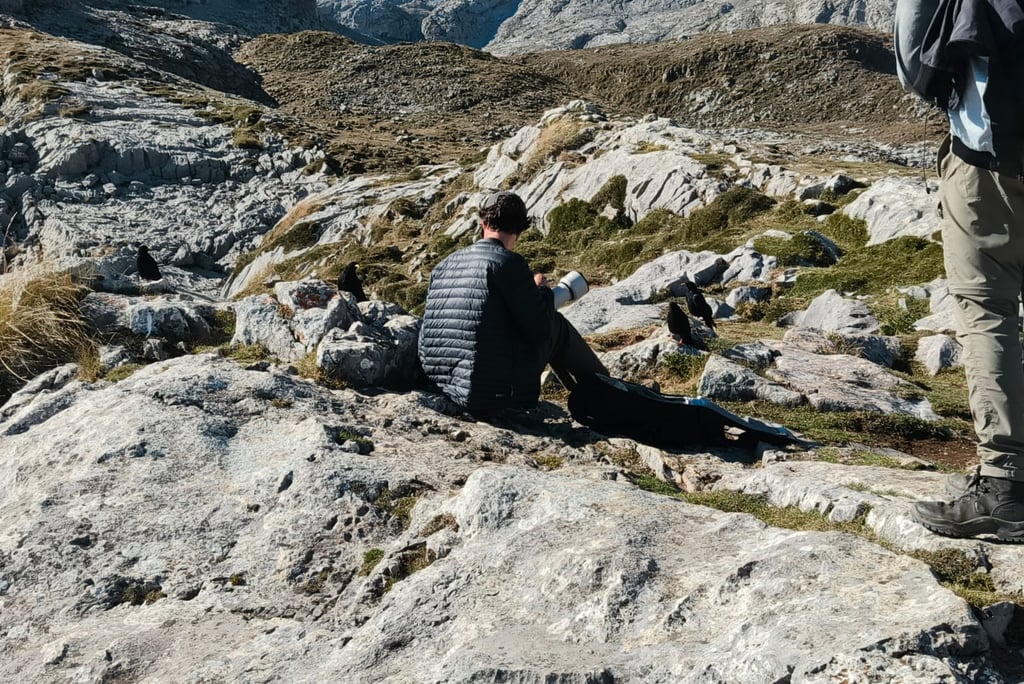

Weeks of time and long alpine walks were needed to win the trust of the choughs. Alternatively, you could just rustle a packet of cookies and the sound will make them fly to you from miles away, but that's not something any self respecting wildlife photographer would ever admit.
Onto the next area after this, where we were going to be looking for wildcats. We found the first one while using the thermal camera on the way to the accomodation that evening, but pictures would have to wait until the next morning. Before discovering the wildcat though, we had already found another big target: Spanish ibex (Capra pyrenaica). The sun was setting quickly, but the ibex stuck around close enough to still get some nice shots. The entire valley was burnt down here, except for a small part where we found the ibex. Quite a dramatic view when they walked into the burnt area.
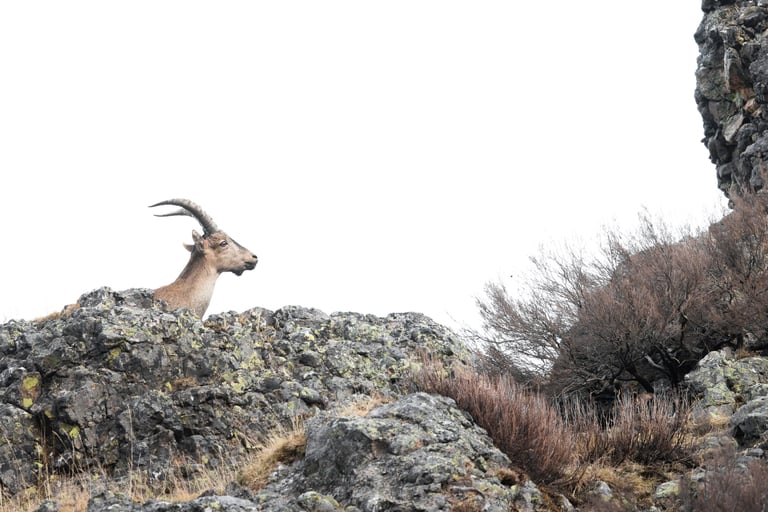
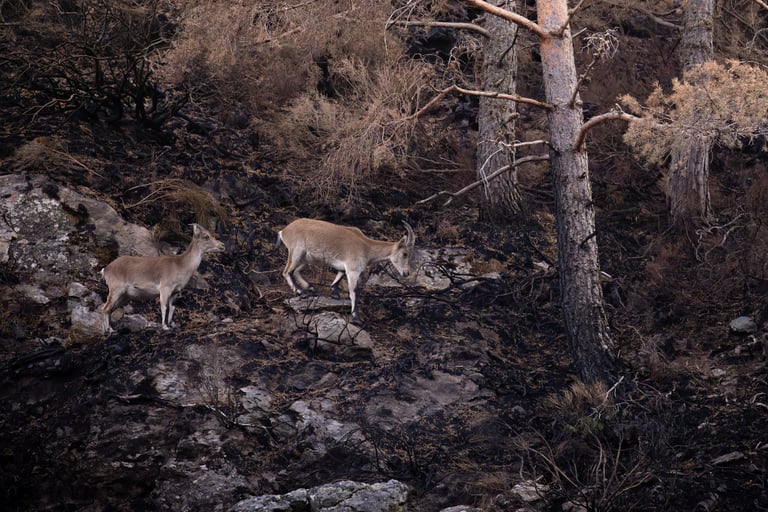
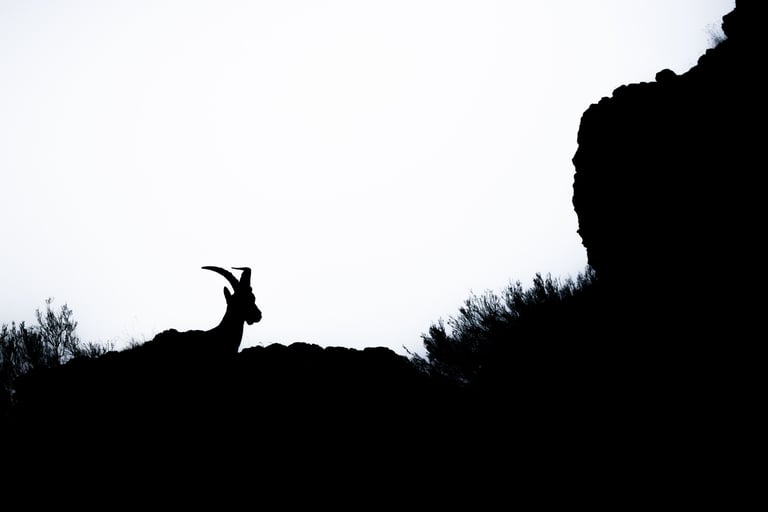
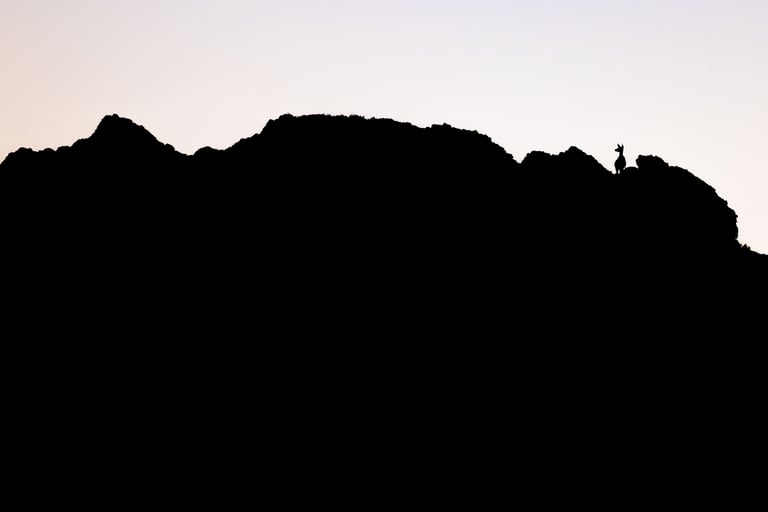
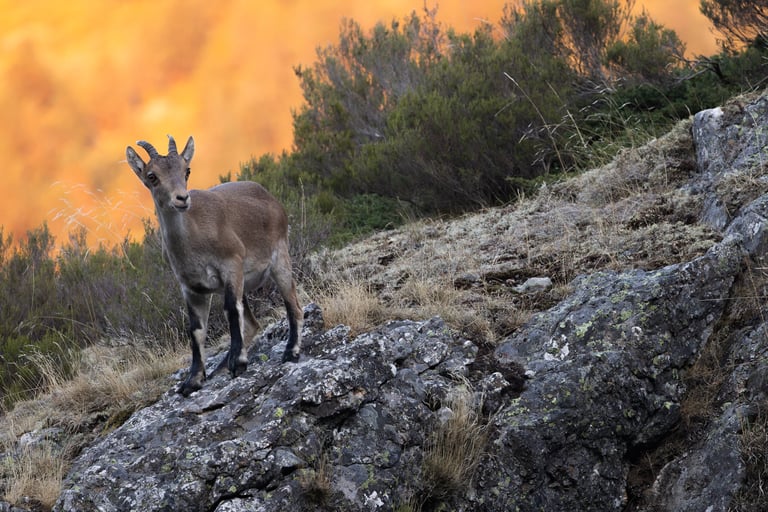
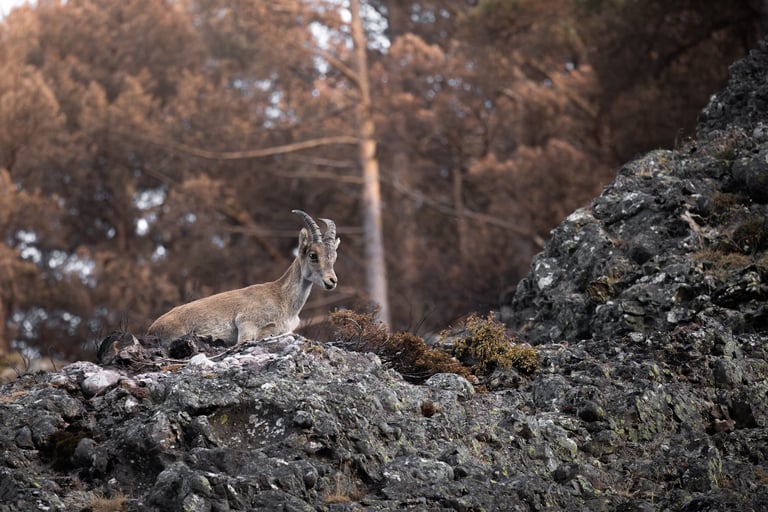






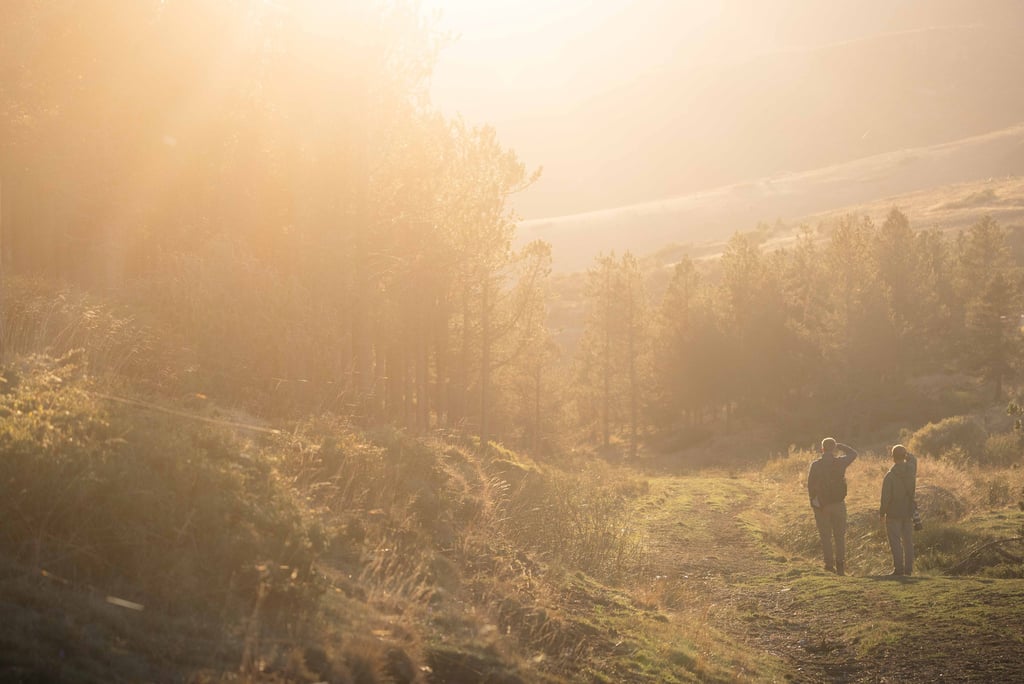

Aaron and stef on the lookout for citril finches, unaware that ibex were waiting for them around the corner.
Wildcats would have to wait until the morning, and wait they did! We awoke to a stunning frosty landscape, finding 4 different wildcats, including one fairly cooperative individual. We witnessed predation of voles and were able to get some shots in the beautiful wintry looking landscape. We weren't lucky enough yet apparently, as rock flipping after the frost melted and the cats retreaded into cover for the day delivered an absolutely spectacular Vipera seoanai, still cold from the frosty morning so cooperative enough for some photos. Another katydid for Aaron (and me admittedly, I've got a weak spot for these saddled guys) and lifer citril finches for Aaron and Stef (I'd seen the species once before) rounded out an incredible morning. The afternoon was spent looking for brown frogs (yes, really...) finding only a Bufo spinosus. A lifer for me and new for the triplist, but not the desired Rana parvipalmata. After a morning like this however, who can complain. A night cruise for broom hare proved unfruitful, but some lesser horseshoe bats, another wild cat, several foxes and badgers softened the pain.
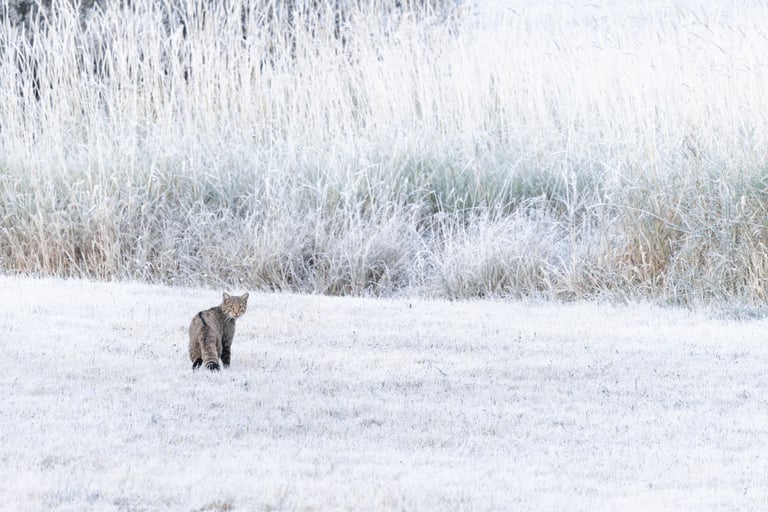
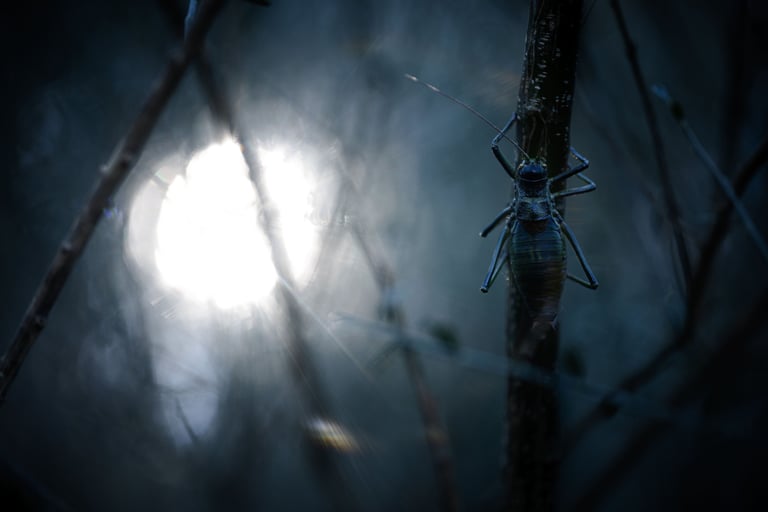
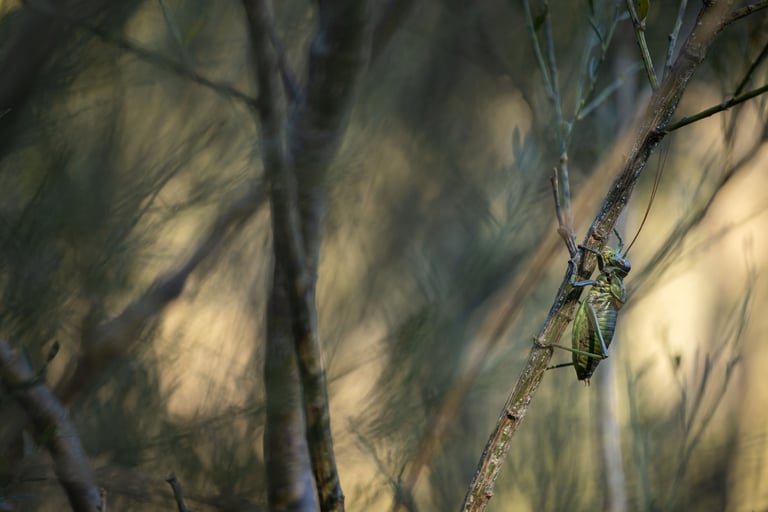
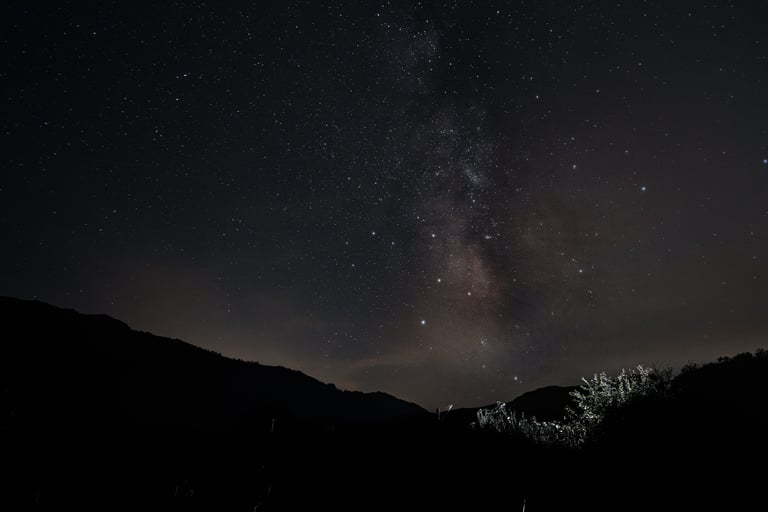
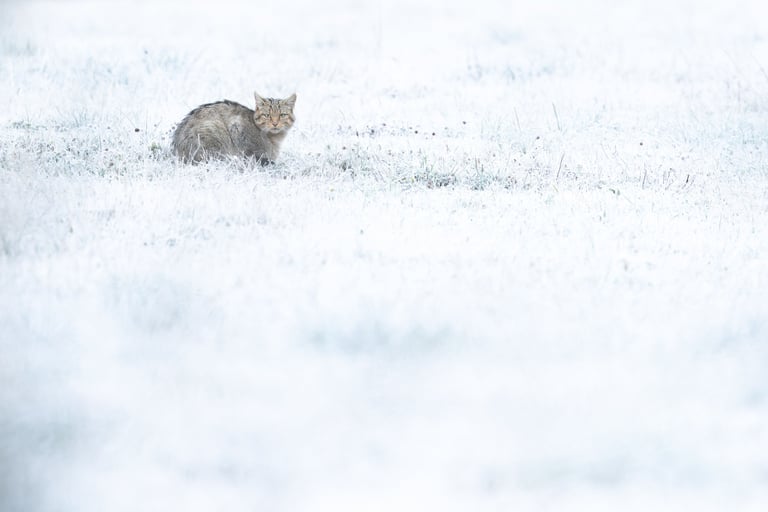
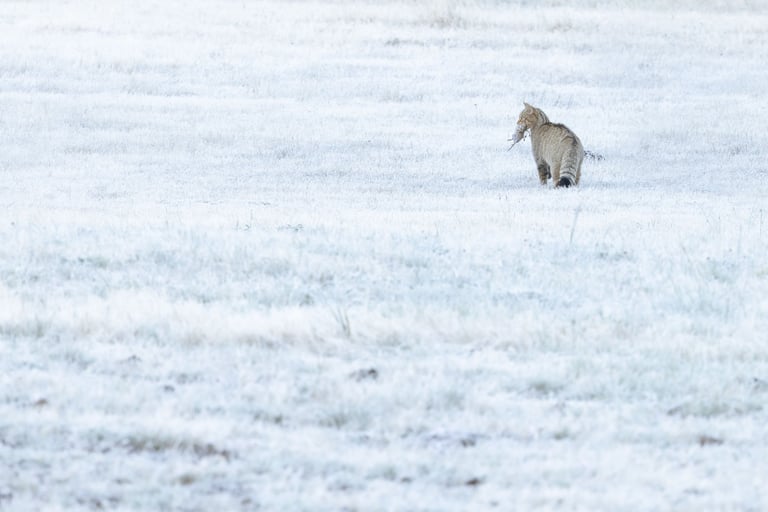
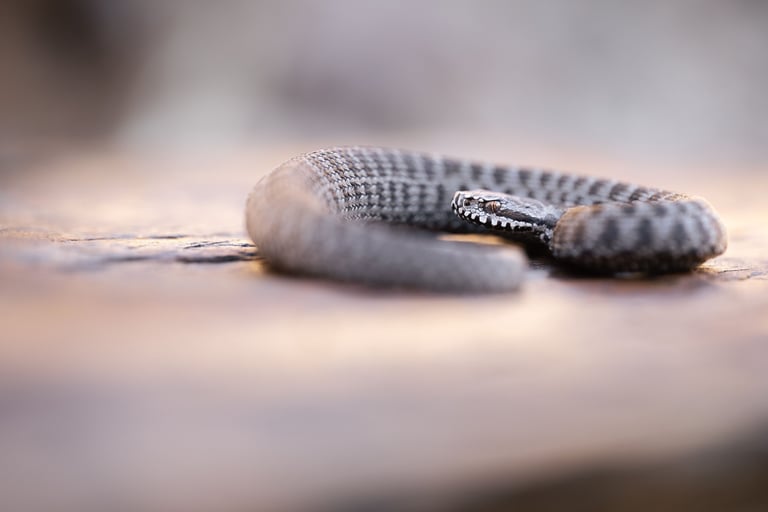
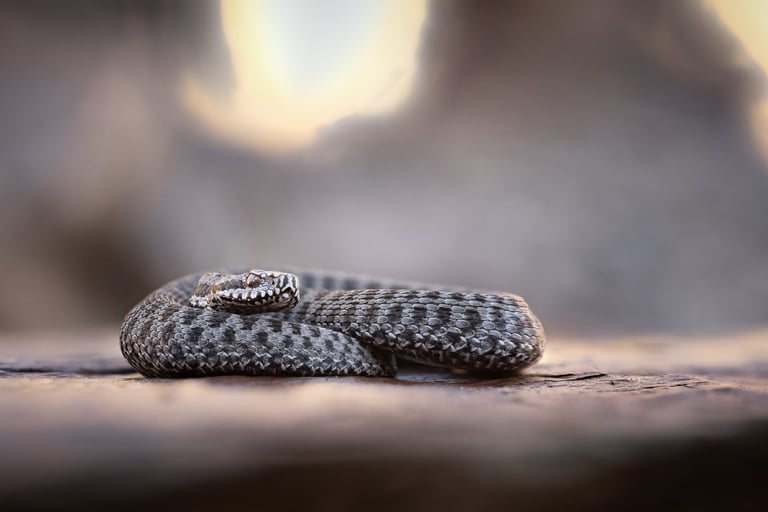
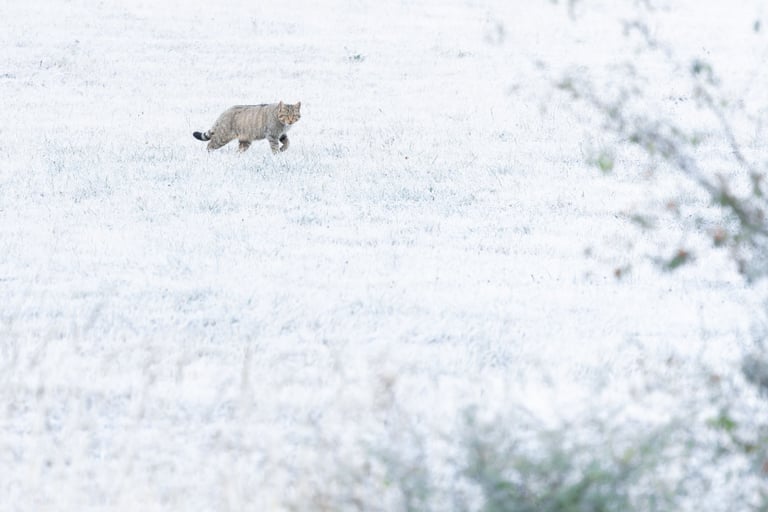
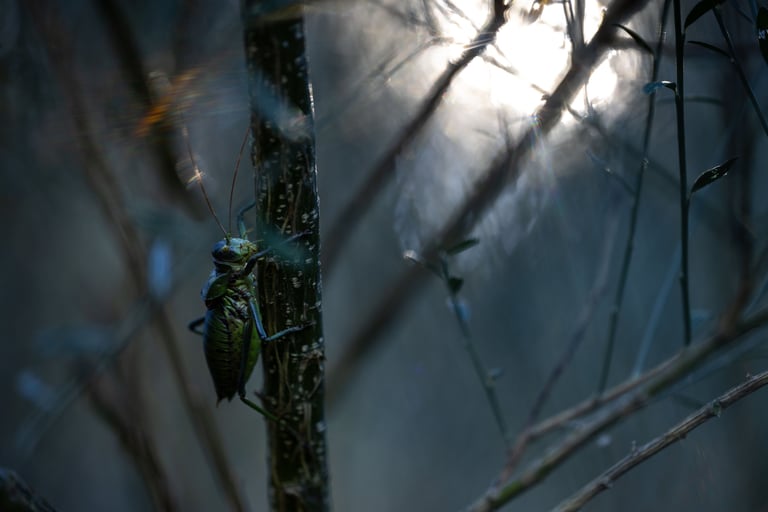
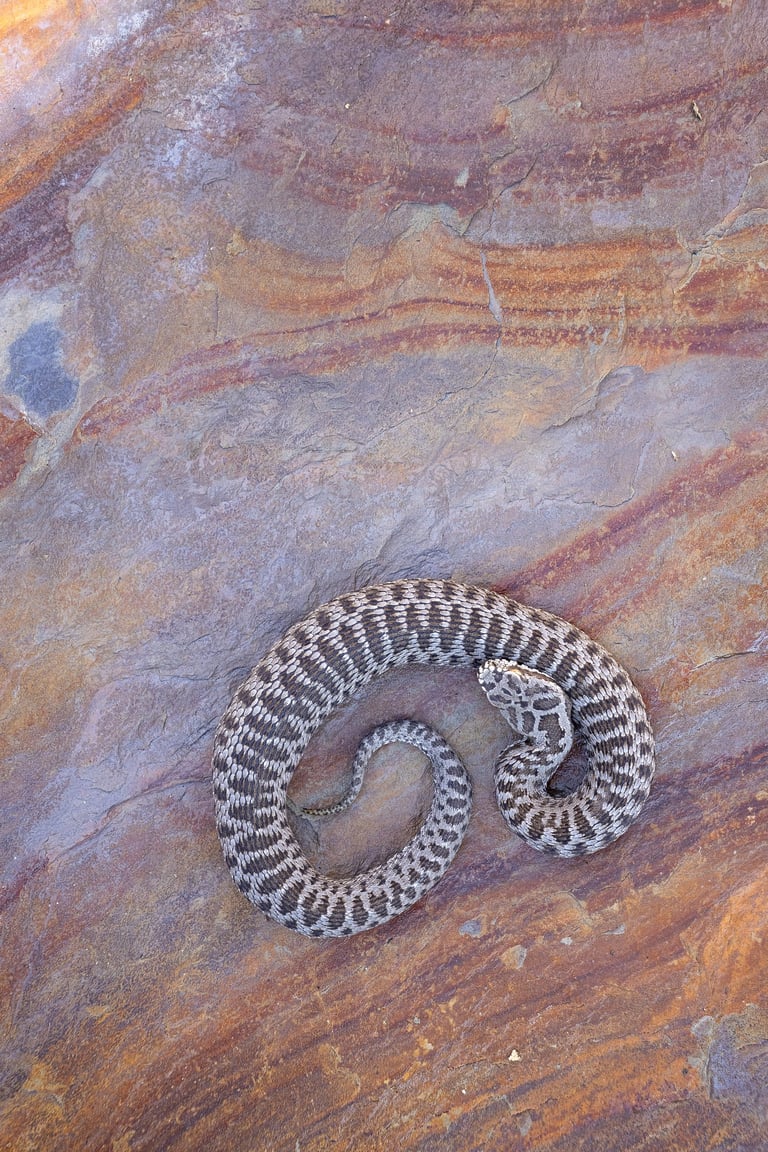











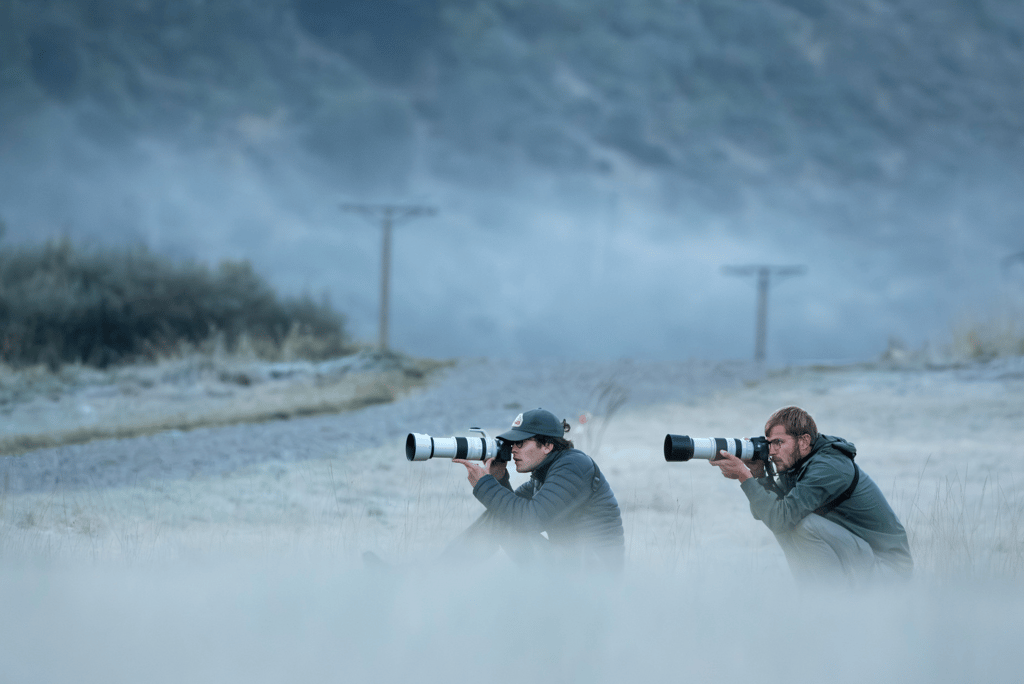

Photographing a wildcat (or the tuft of hair sticking out of back of my cap in Aarons case) requires great focus.
(Photo by Stef)



Another morning looking for wildcats followed, but nowhere near as spectacular as the first one. No frost, no cooperative individuals. Some decent shots of griffon vultures (Gyps fulvus) though. Then it was time for the main target: the bears. After a quick stop to look for Triturus marmoratus (unsuccesful, but quite a few cool birds), we arrived in bear country. The first afternoon of spotting got us nothing but herbivores, but we had 2 full days after this, and we had to get lucky at least once right?
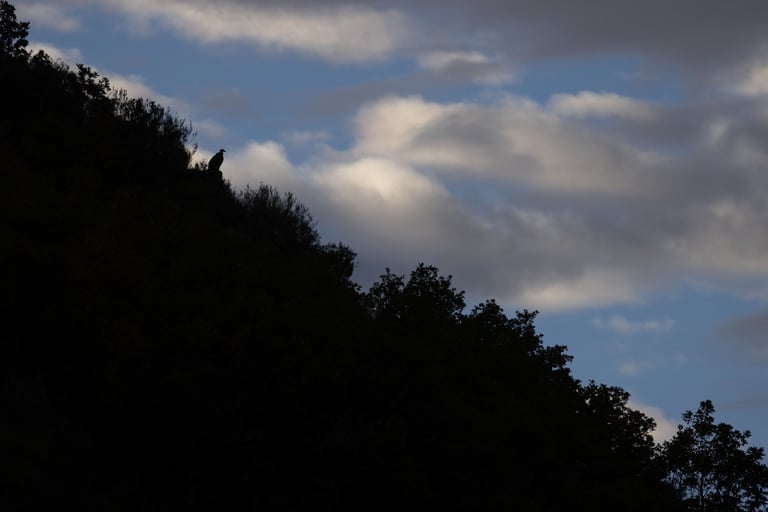
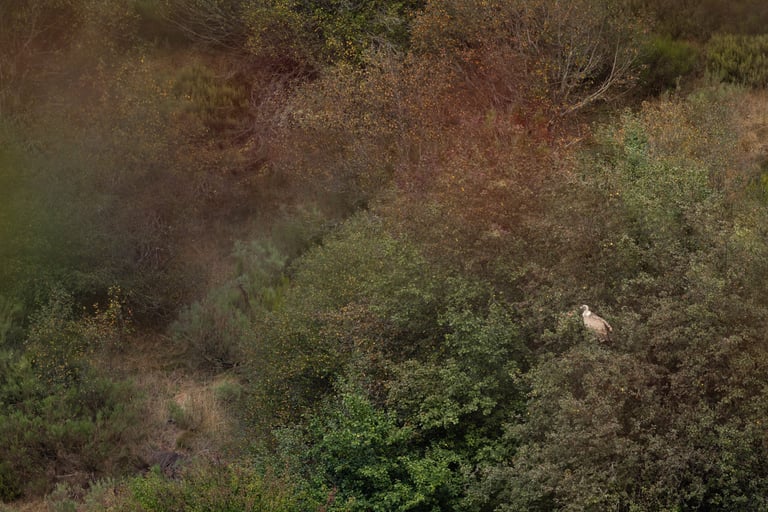
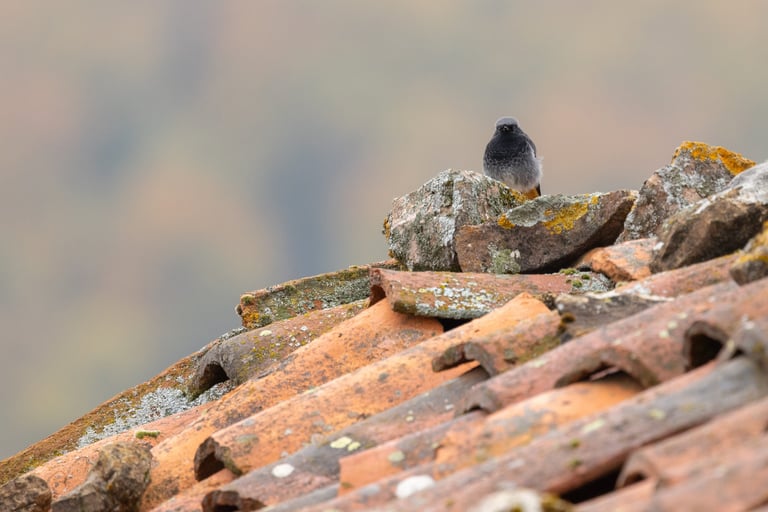
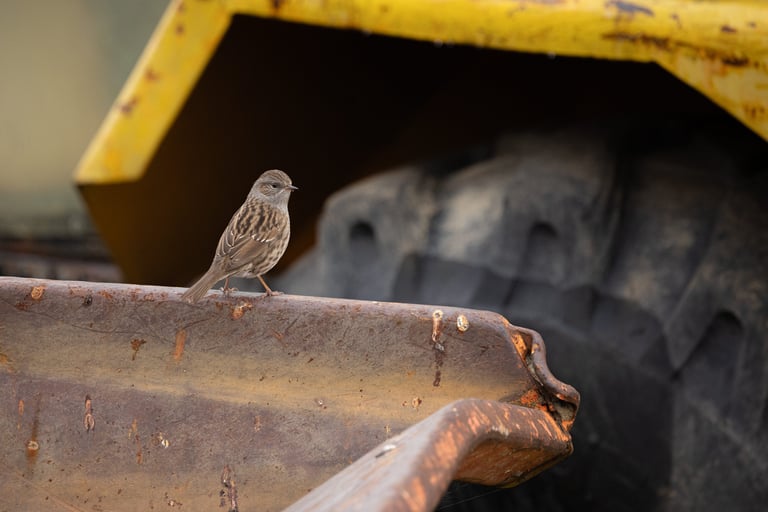
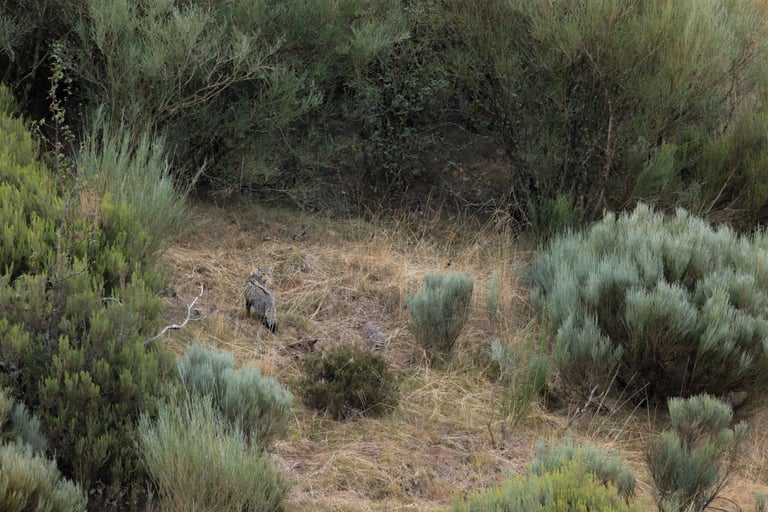
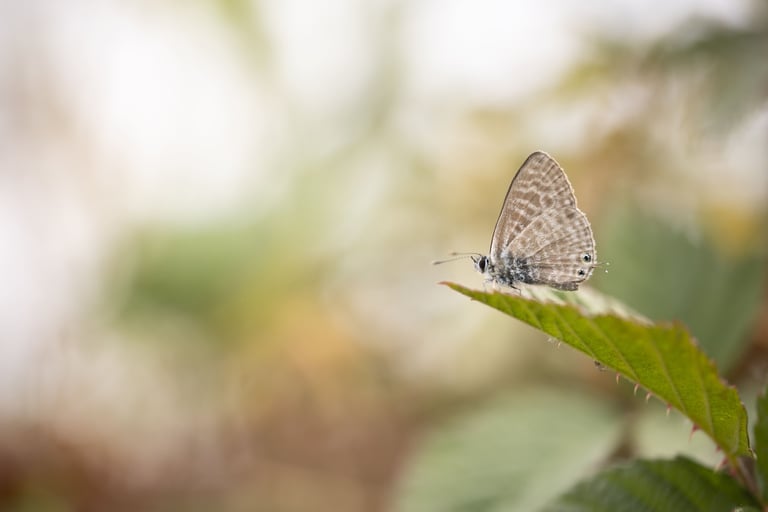
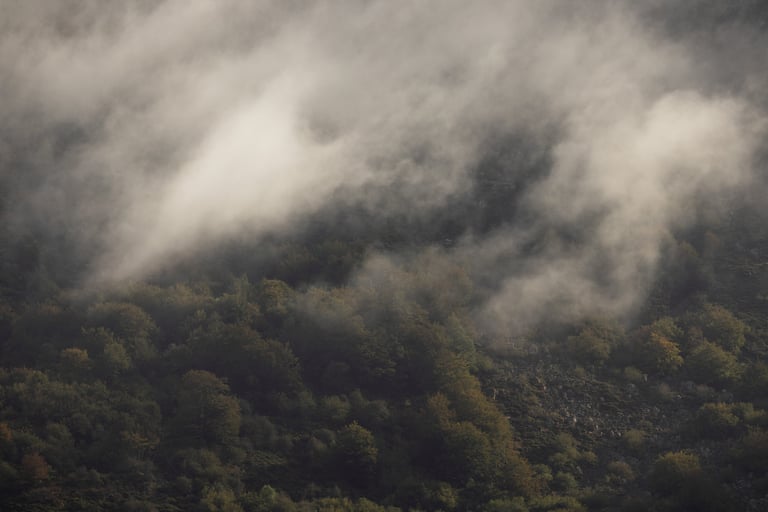
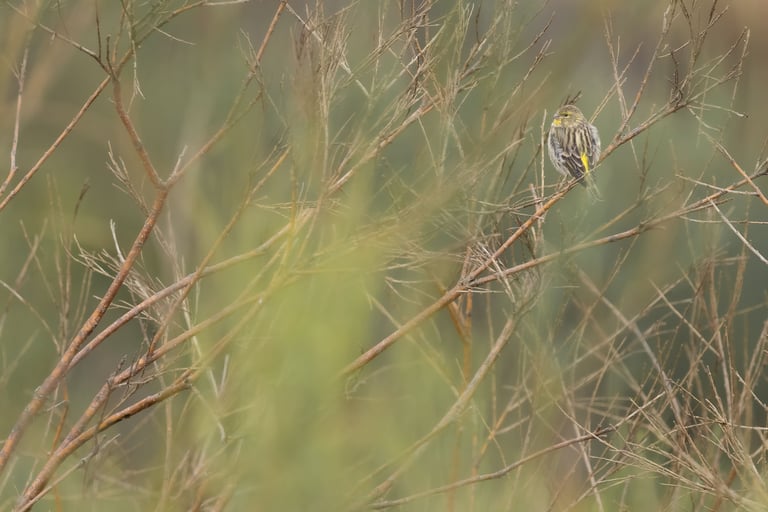
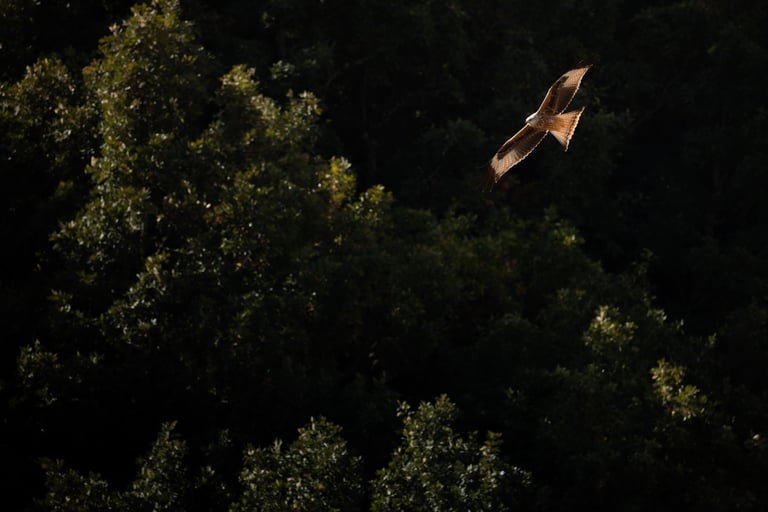
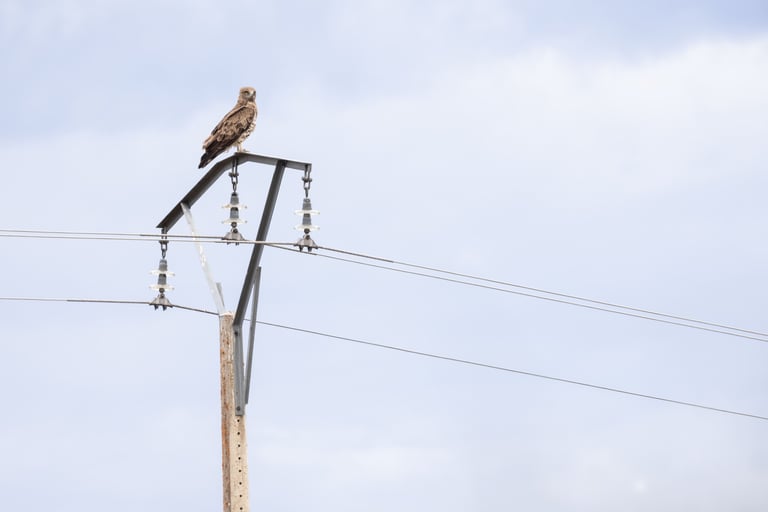
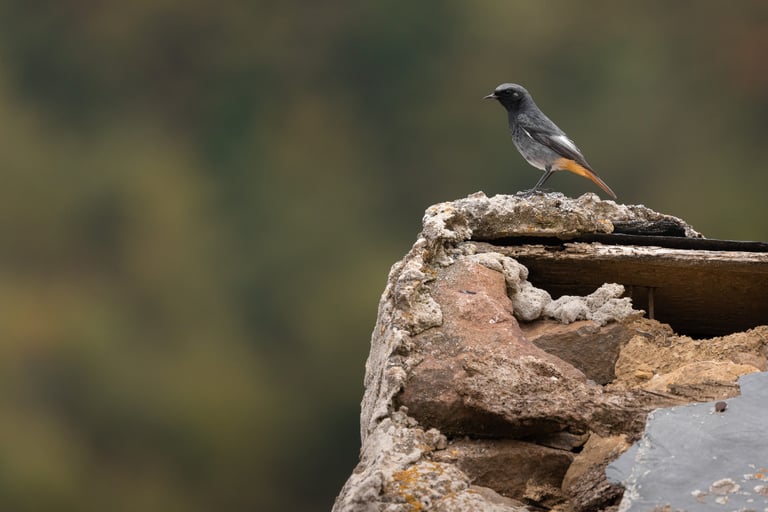
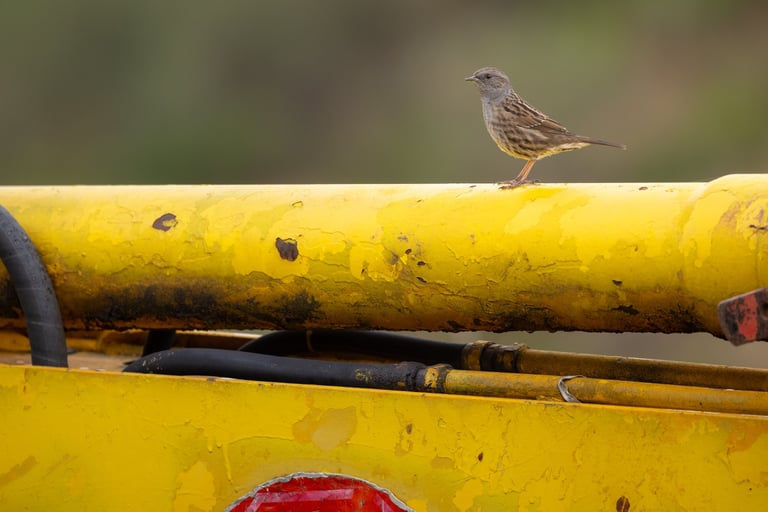












I'll recap the last 2 days briefly. Many hours (mostly around sunset and sunrise) spent searching for bears with a grand total of zero sightings. There were barely any hazelnuts and berries in the valley, so there was little reason for the bears to come up onto the slopes, most likely a result of the massive drought. We did see broom hare eventually (no pictures from my side), many fire salamanders (ssp. bernardhezi this time), beautiful landscapes and autumn colors, vultures, herbivores, Rana parvipalmata (what a banger) and a new lizard and butterfly species. With that list, one really can't complain, although missing the trips main target at the end does dampen the spirits somewhat in the moment. A last search for Triturus marmoratus near the airport only delivered a DOR individual and then it was time to go home. We'll find that bear someday, gotta keep something on the wishlist ;).
An incredible trip with only a single missed target, great time spent with friends and quite a lot of nice pictures too (4, maybe 5 portfolio shots?).
